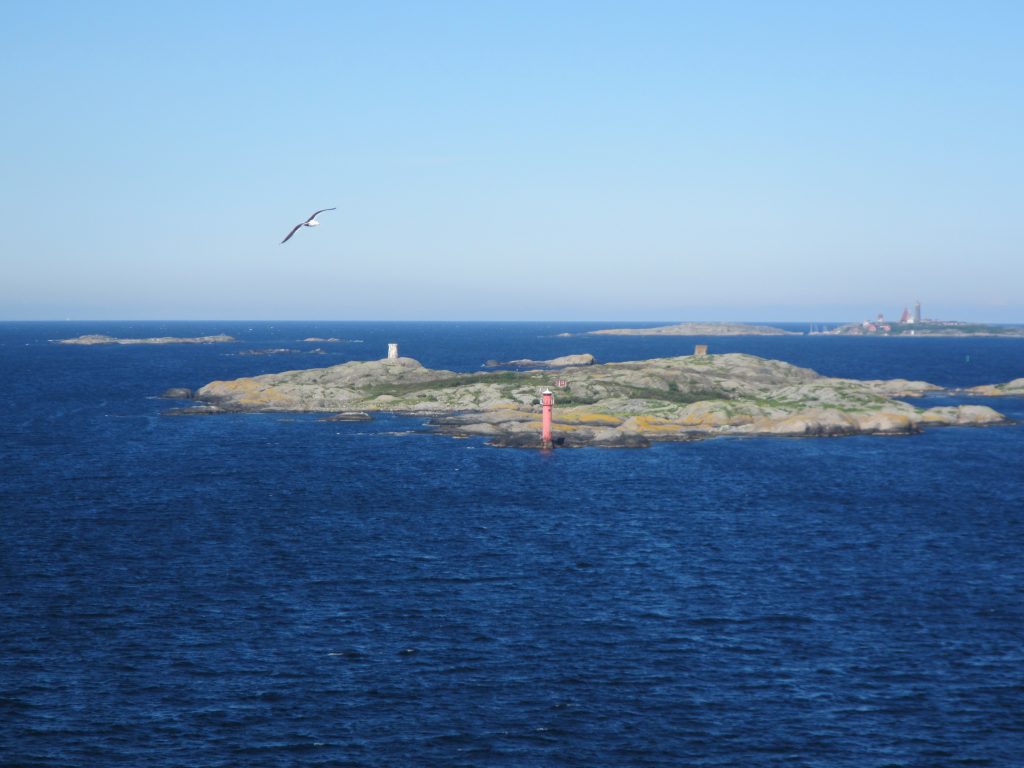
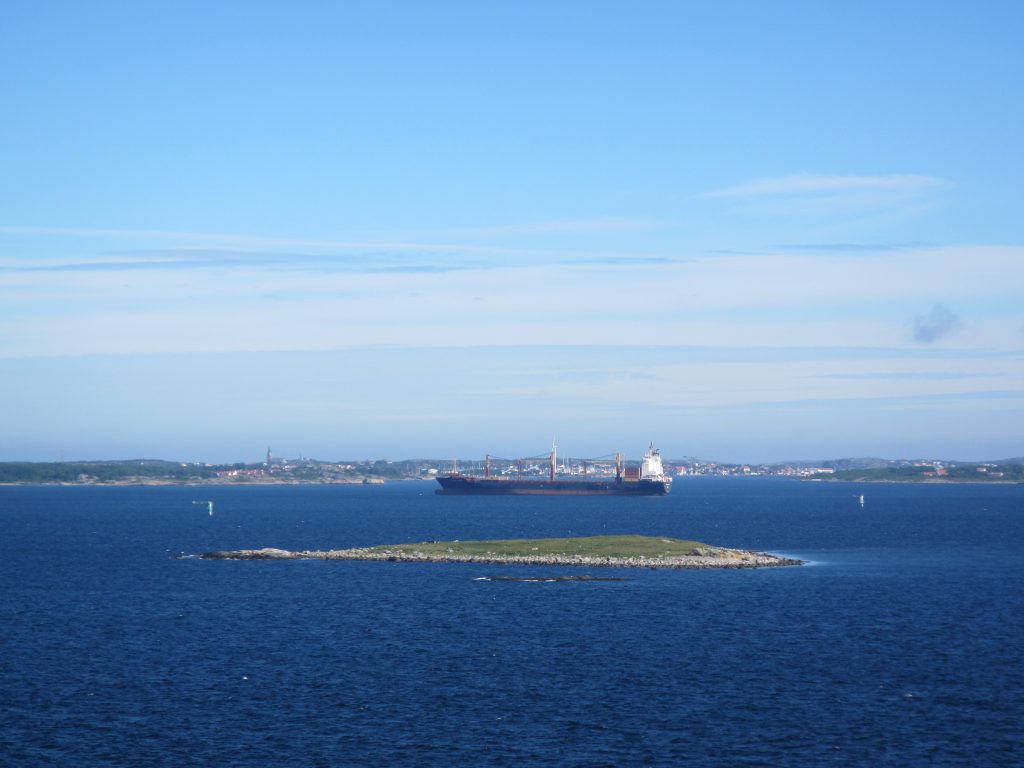
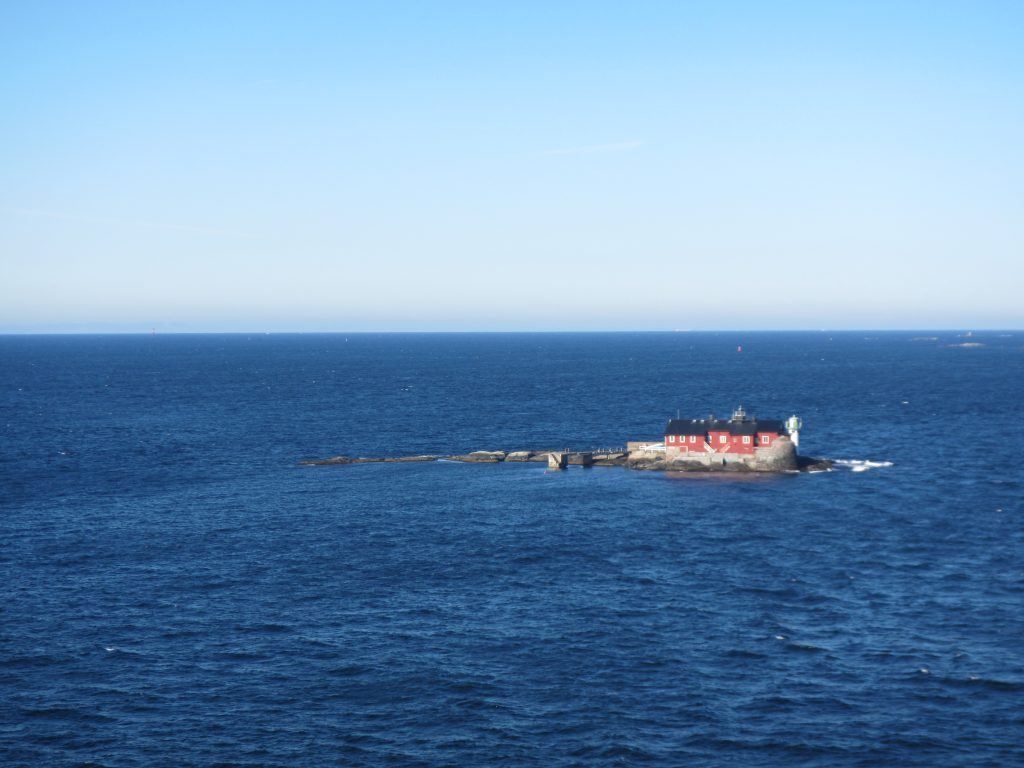
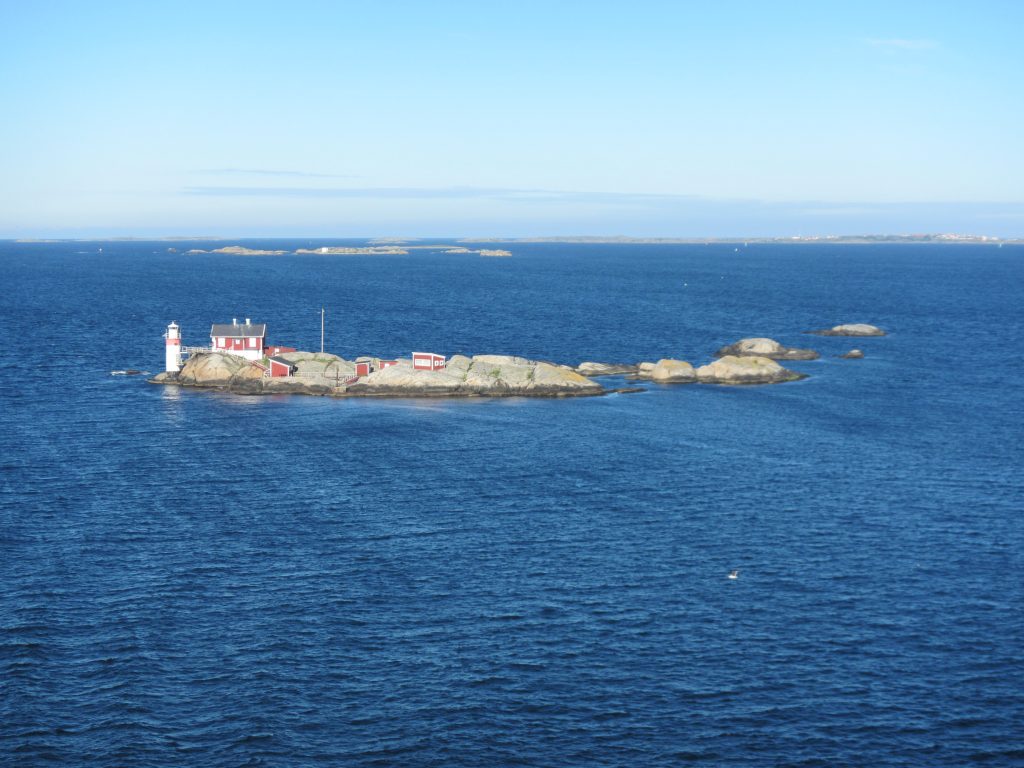
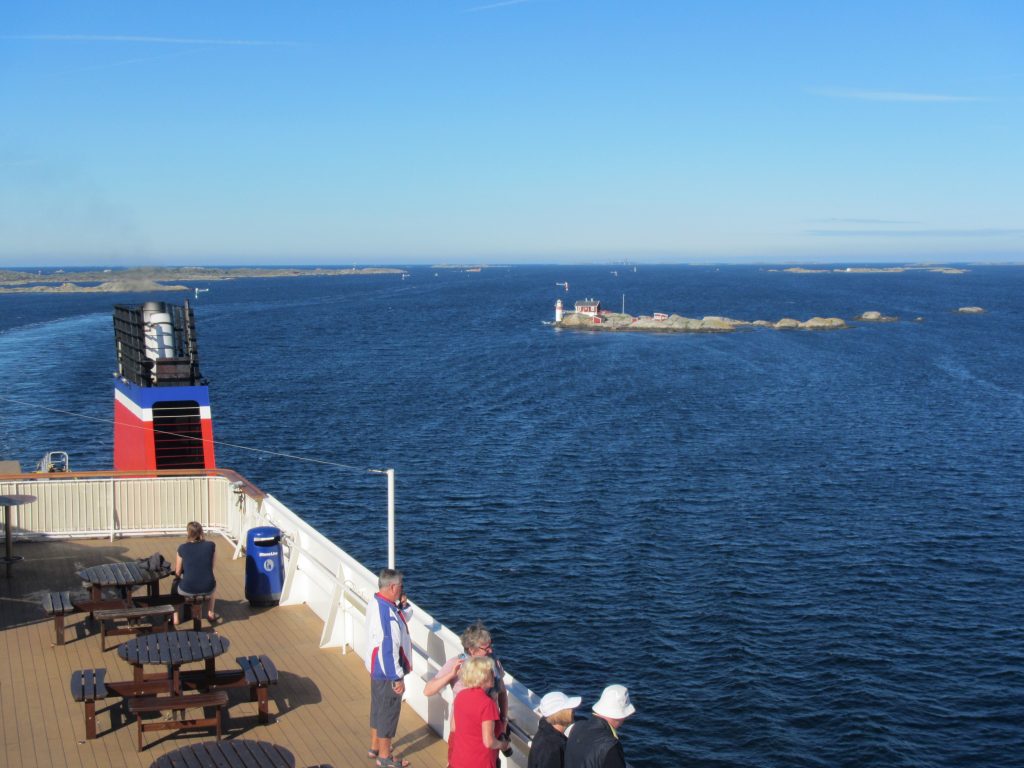
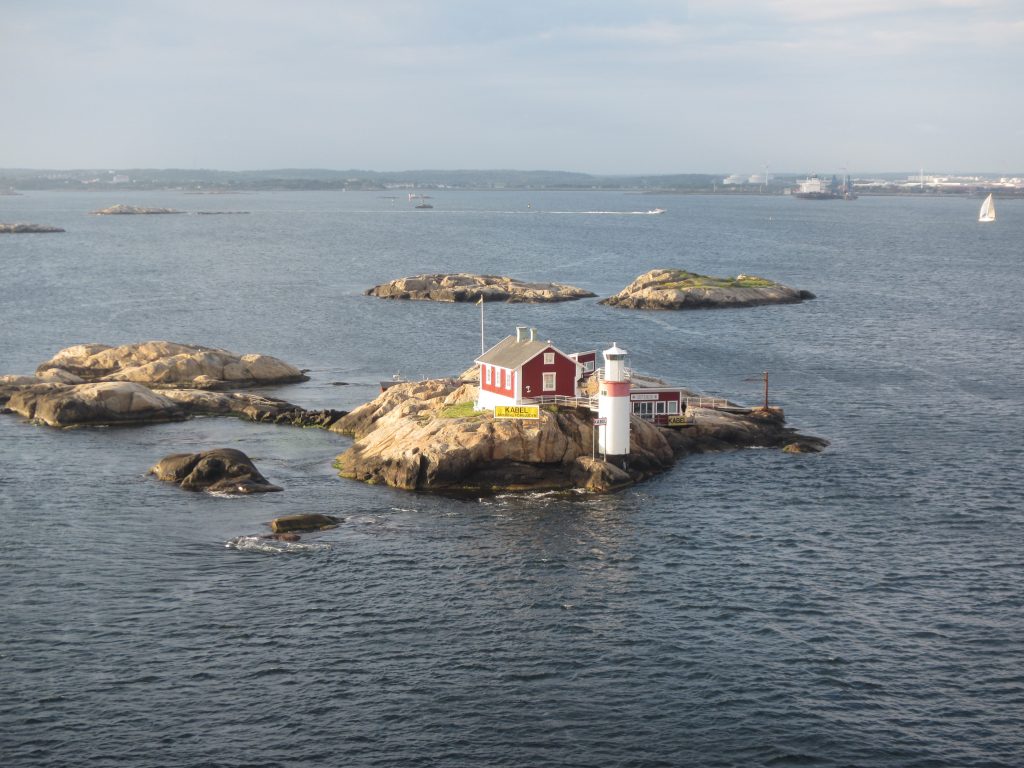
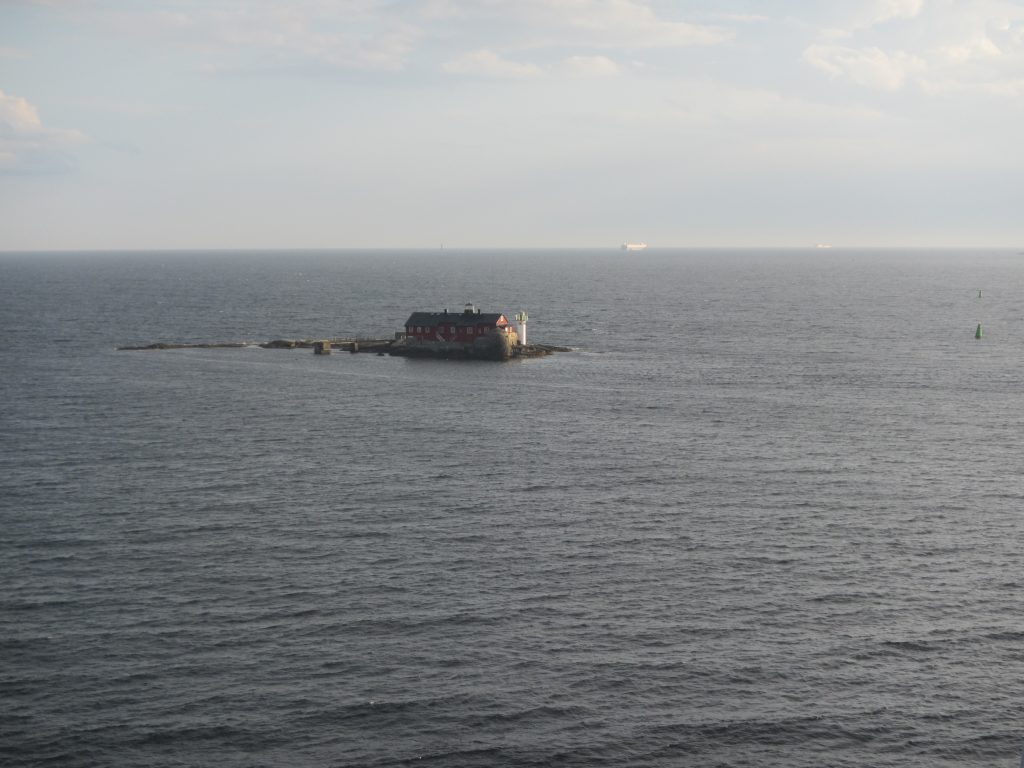
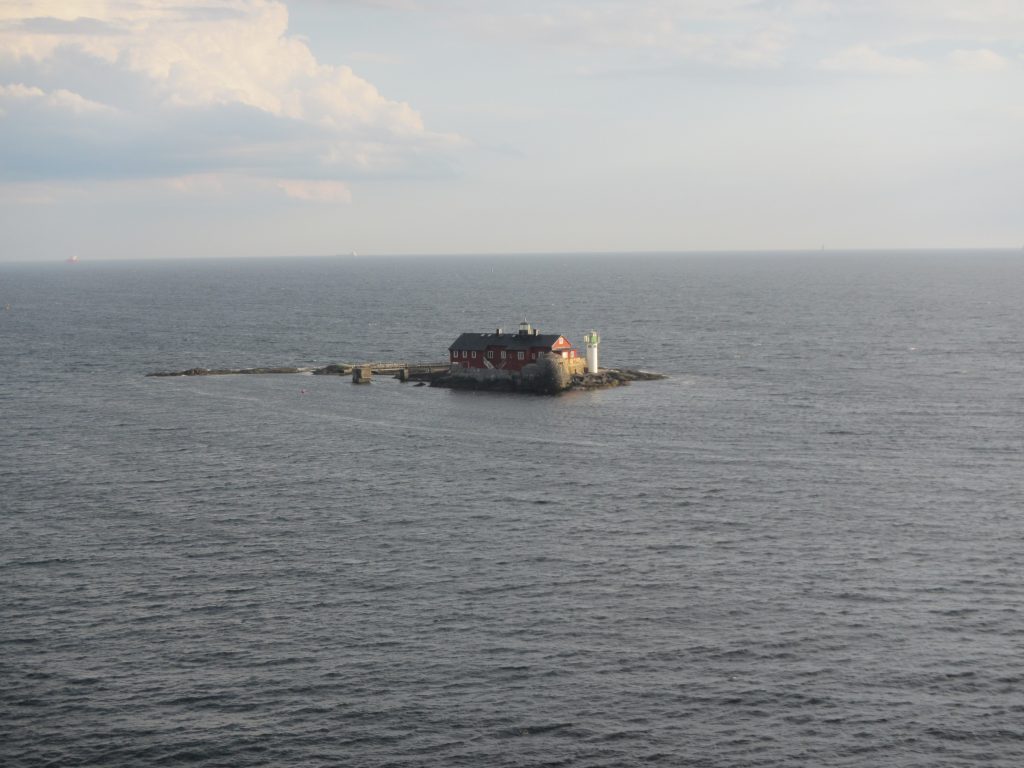


If I take the wings of the morning, and dwell in the uttermost parts of the sea…










If I take the wings of the morning, and dwell in the uttermost parts of the sea…
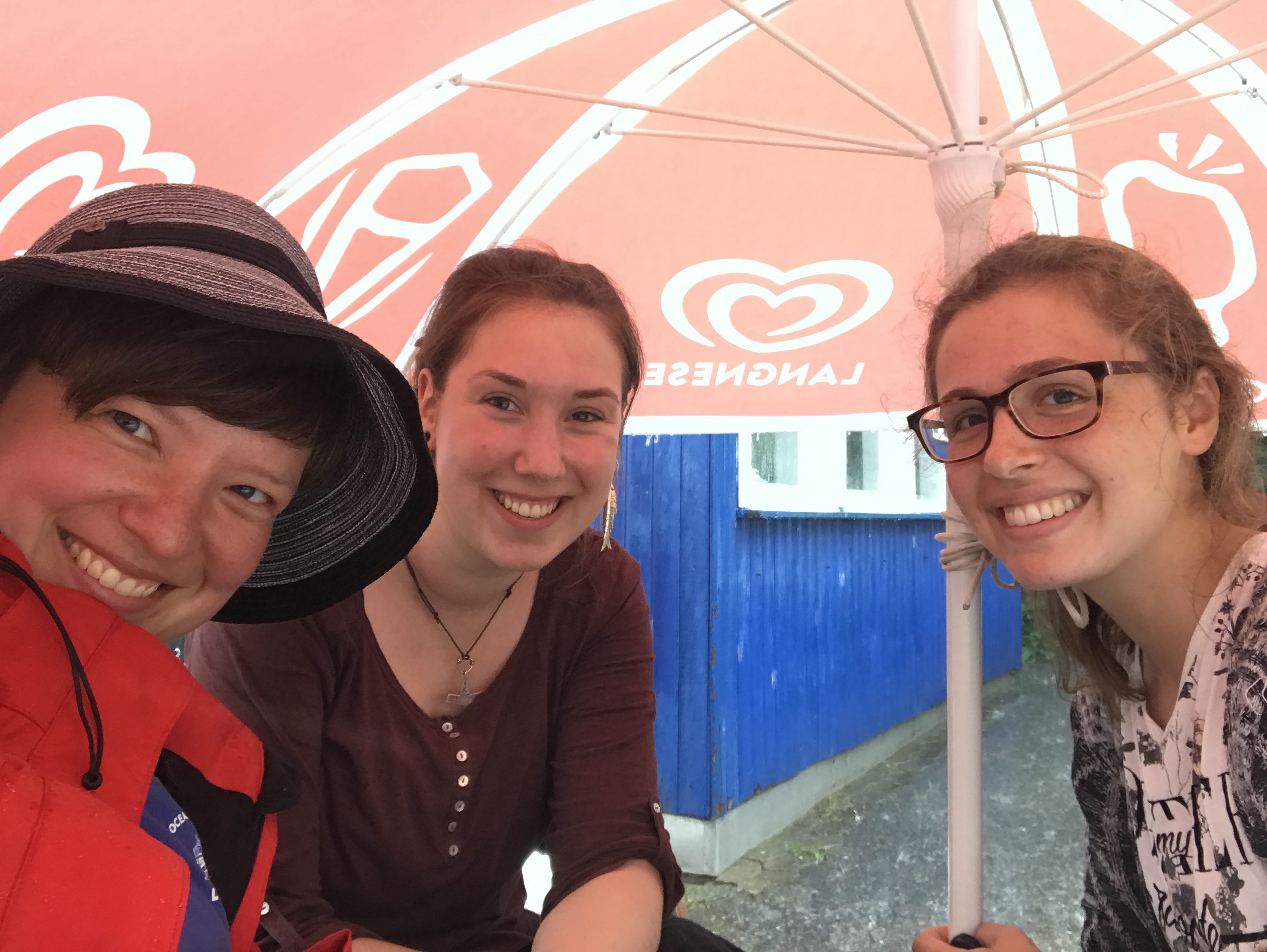
Last week, we ran an “expedition learning” course for 17-year olds. They were separated into several groups, working on different topics, and mine (unsurprisingly) worked on waves. You can see here what kind of stuff we observed when first testing the stretch of coastline we wanted to do our expedition to. And now you’ll get a picture dump of the actual expedition.
We started out in not-so-ideal-but-really-not-too-bad-either kind of weather, as you can read off the tracks below: It had been raining a little, but not very hard, and it had stopped by the time we got there.
The drift lines looked quite promising.
My group dove right into it (only figuratively, luckily, not literally). However I wasn’t quite sure if this guy knew what he was getting into?
At this point we were still very close to the car, so I thought that it might be quite smart strategically to let them figure out here how high the waders go and what happens if the waves are higher than the waders… And the wakes of two ships meeting up at a headland are a very good place to learn about that kind of things!
This headland is a very good place to start observing waves in any case. Especially at the typical wind direction found here. Because then, looking back from the light house to the land, you see a large area that is sheltered where waves only build up gradually. Which is a very nice contrast to the waves arriving upwind and makes it very easy to observe differences.
And then if you look downwind from the headland, you see waves sneaking around the headland from both sides. Those coming from the right are from the fully developed wave field that has been growing all the way down Kiel fjord, and then those coming in from the left are the ones that only started growing downwind of the little barrier shown in the picture above.
Can you see it? Maybe easier on a panorama kind of picture?
Of course we always like to look at the ring waves that appear when other waves hit stones…
I didn’t foresee that wave watching would happen mostly from within the water, but the guys in my group made a good case for walking on the sand bank to actually measure the wave hight depending on the water depth (rather than just observing and estimating from dry land, as I would have done), but why not?
Luckily, they found the shallowest part of the sand bank in exactly the same spot I would have told them to look for it based on the wave field ;-)
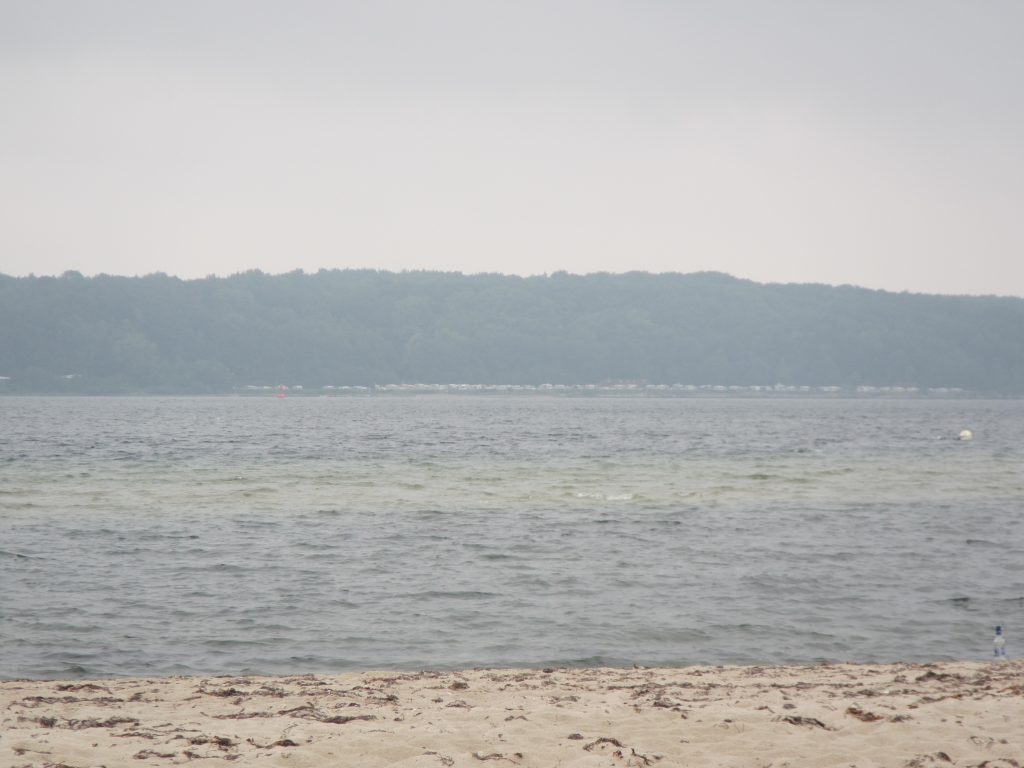
Btw, a nice example of coastal dynamics right below. We had a coastal dynamics group, too, but I don’t even know if they looked at this kind of stuff, I mainly saw them taking soil samples.
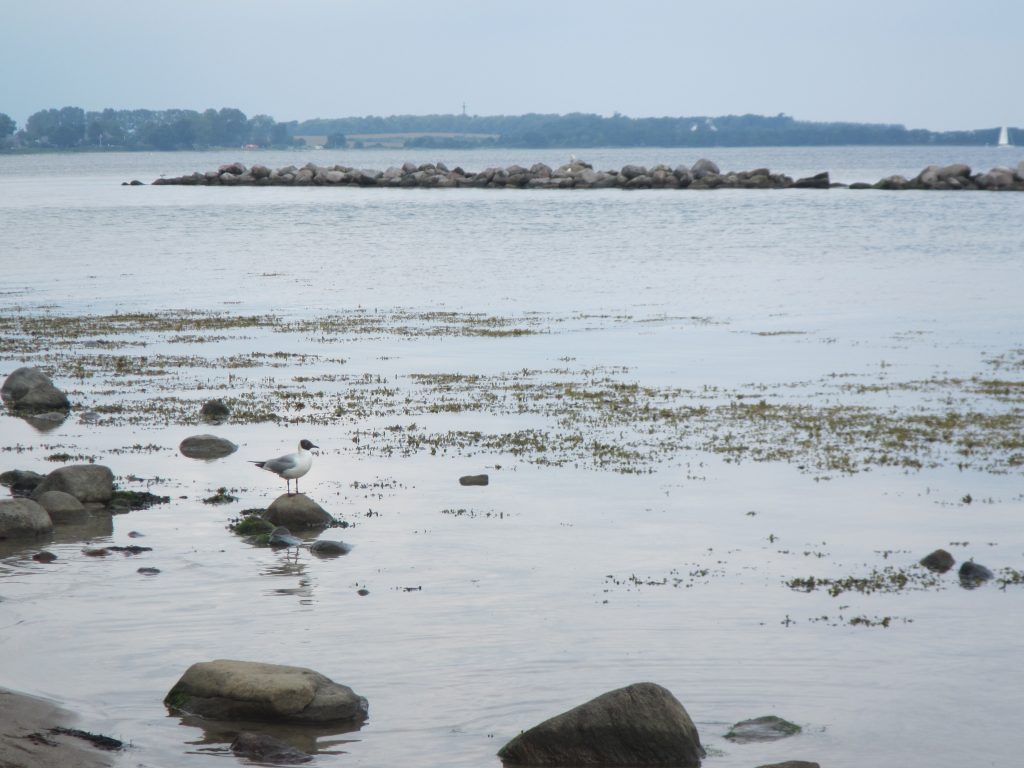
And I know I made the same observation in the same spot last time, too, but I think it’s fascinating how the different directions of the ripples and drift lines and waves all come together.
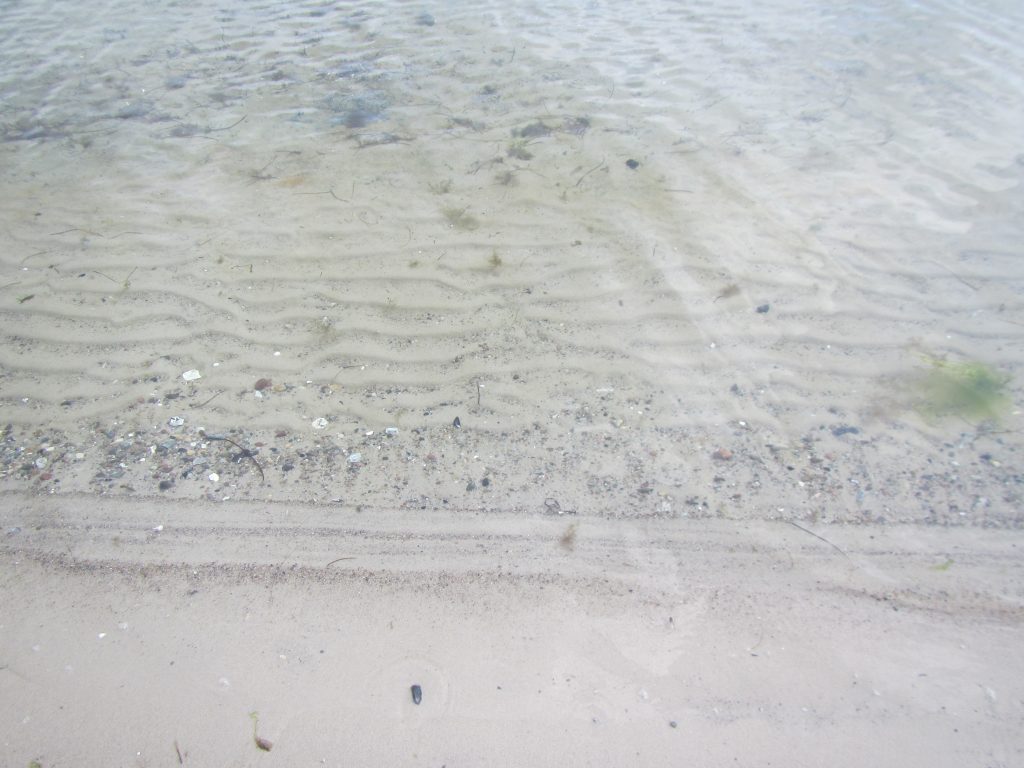
In any case, a nice day at the beach!

Well, most of the time anyway.
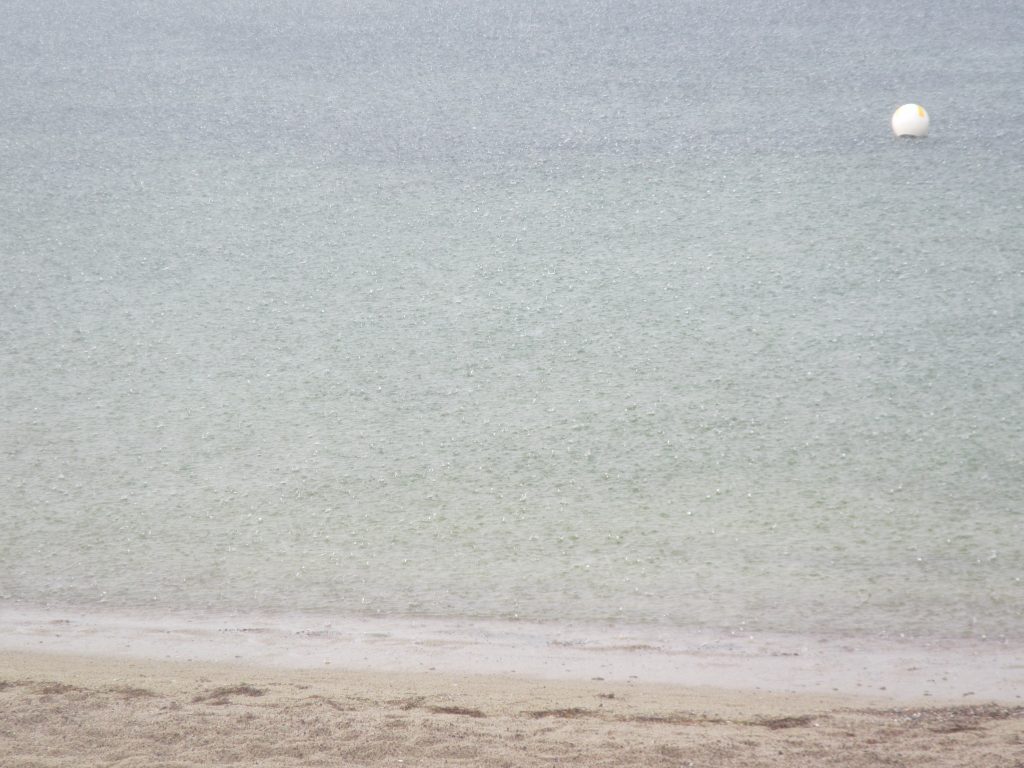
Luckily, we found shelter!
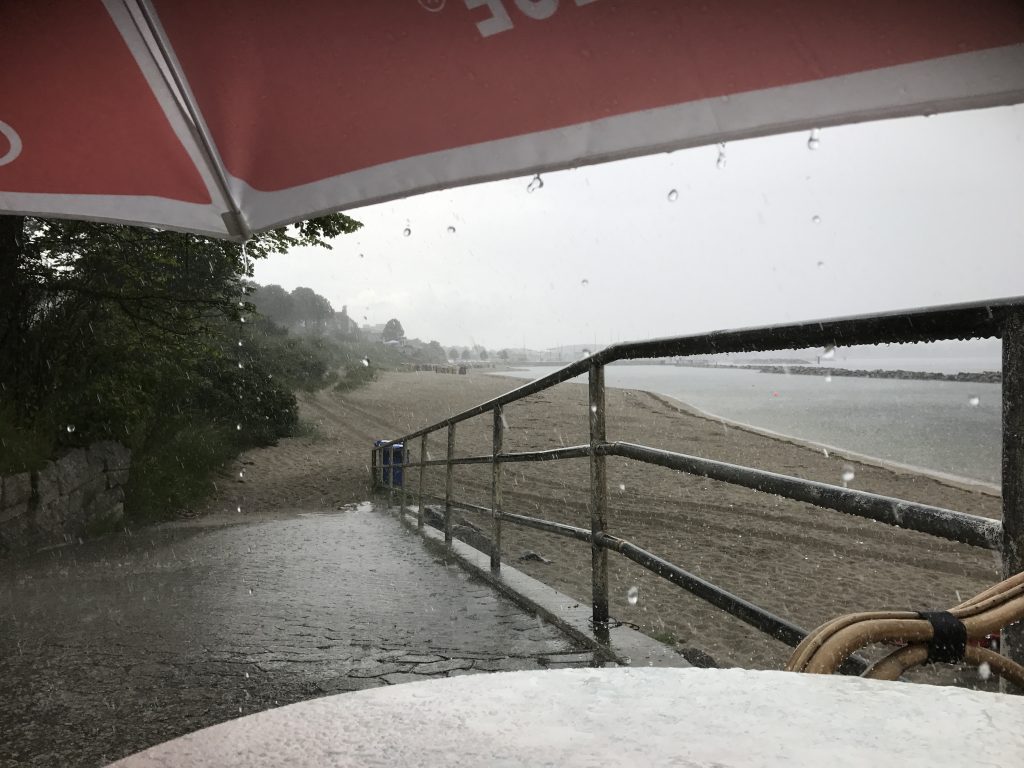
Those, btw, are Annika and Jeannine, who were working with a different group on coastal vegetation.
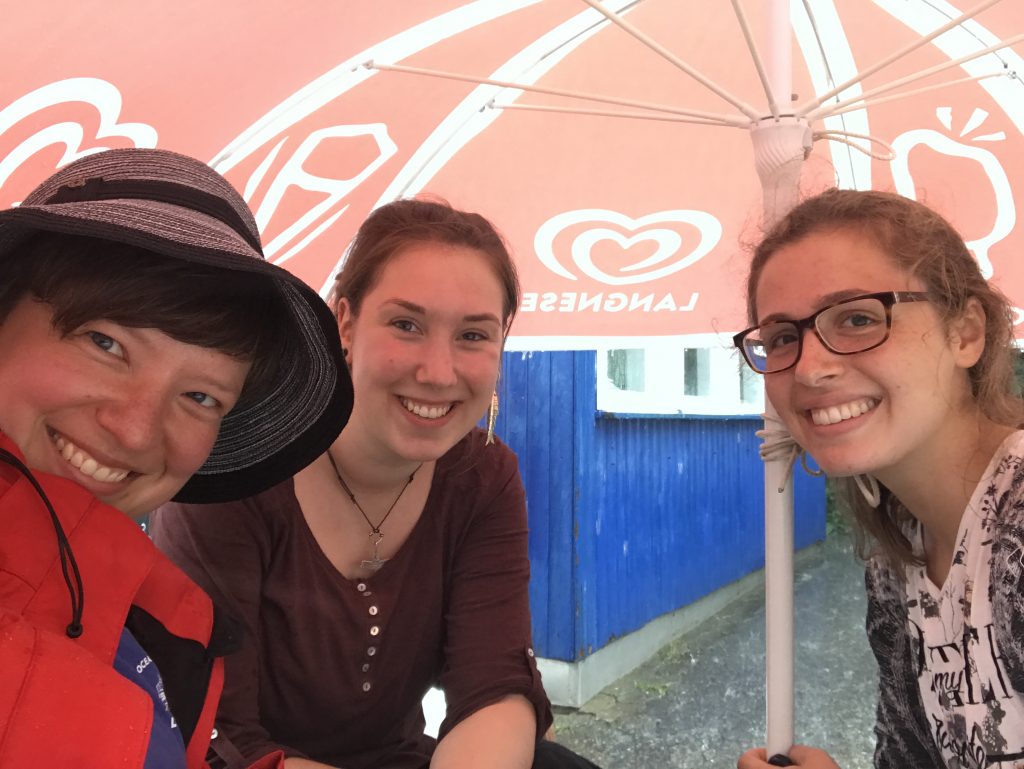
But: New and interesting pattern on the beach once the rain was done!
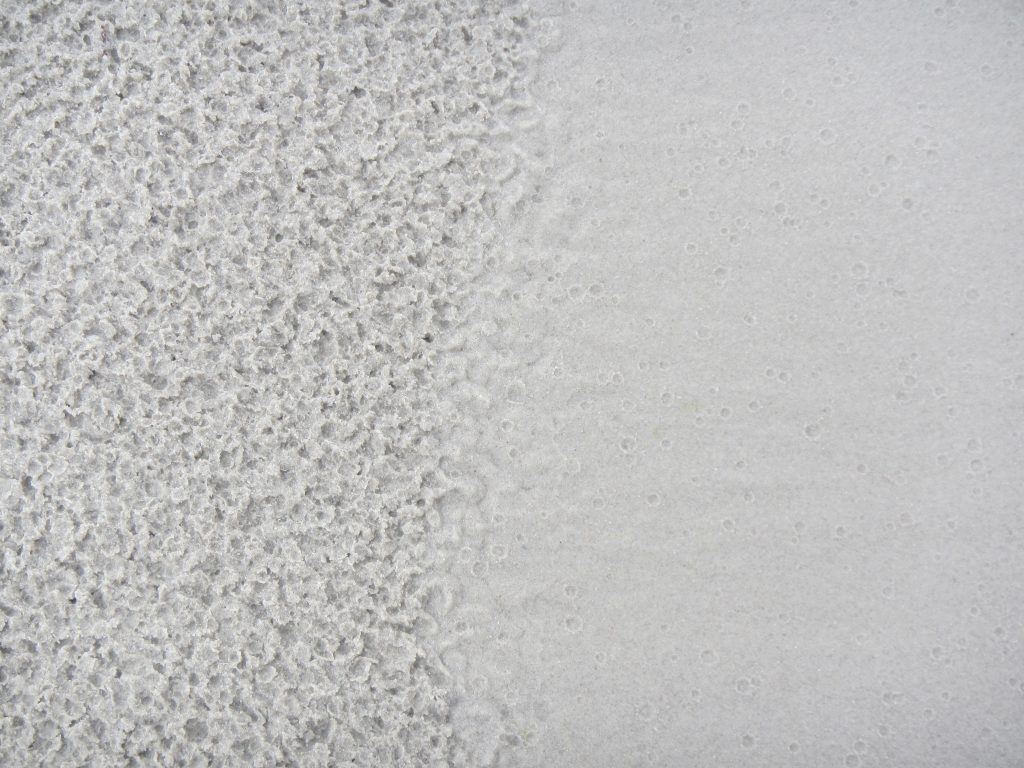
The kids spent the next two days putting all their observations on maps and preparing a presentation, and I am really happy with how it turned out. Of course there is some room for improvement still, but how boring would it be if there wasn’t? ;-) All in all I think it was a pretty successful course!
Of course I did not only take pictures of lighthouses and instructional activities during the teacher training at Lotseninsel last week. I also took TONS of pictures of water! Some of which I’ll share with you now.
For example below you see where the Schlei flows into the Baltic Sea. This is actually a fairly narrow outlet, and you can see the strong current and the eddies that are formed where it flows into the Baltic Sea! It had been raining a lot previously, so there was a lot of water trying to get out of the Schlei!
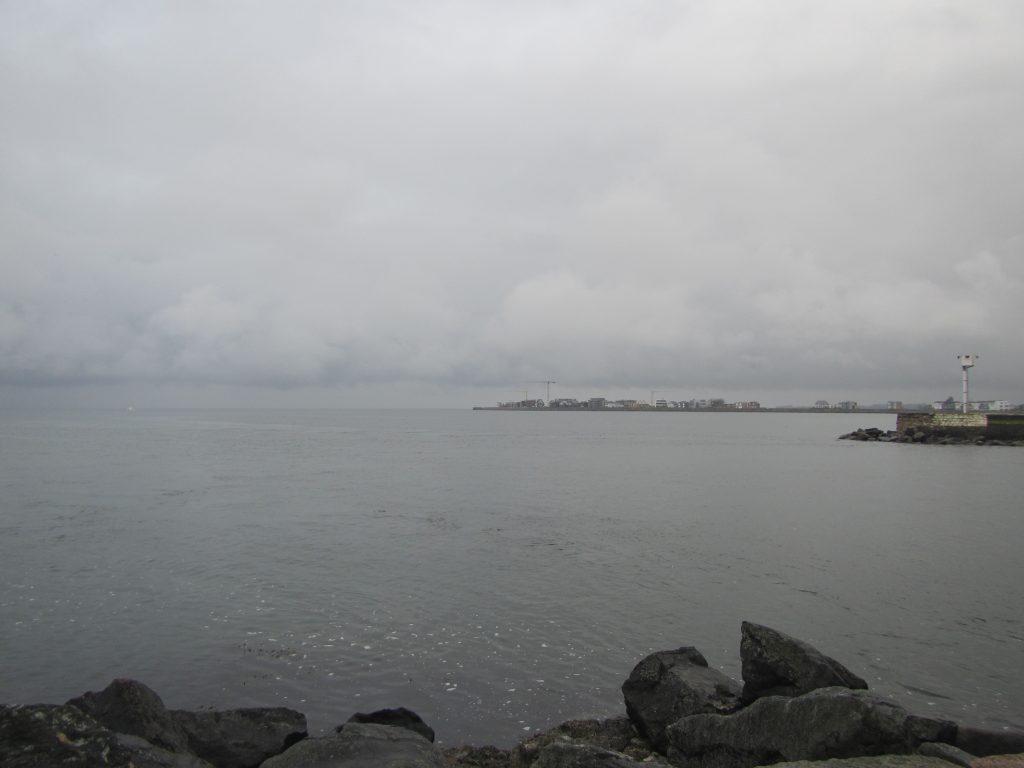
A similar pattern can be spotted at the outlet of the marina, but in this it’s mainly wind-driven.
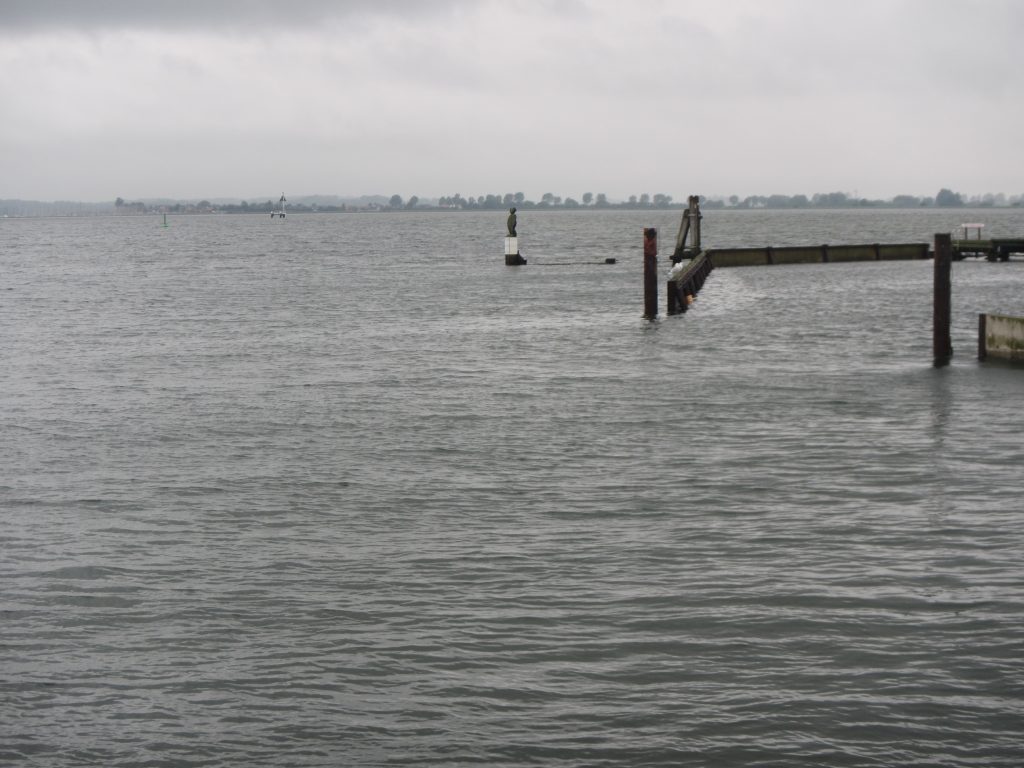
And very nice here: Long swell and short wind waves on top of it.
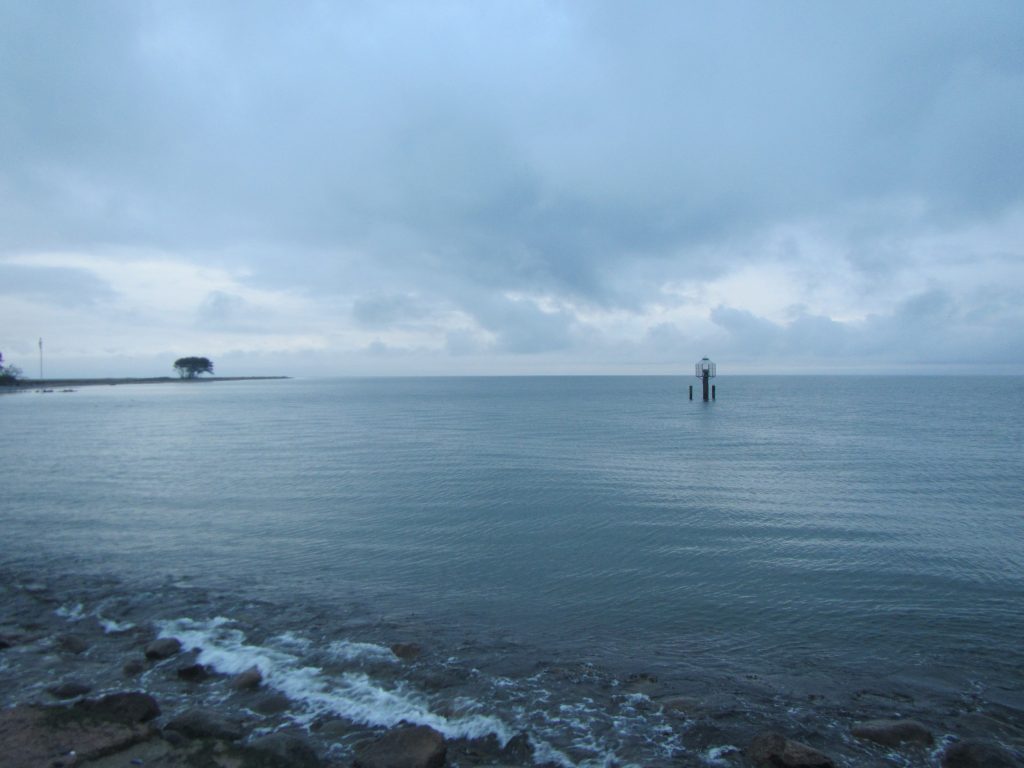
Of course I also looked at wakes. This is a particularly nice one:
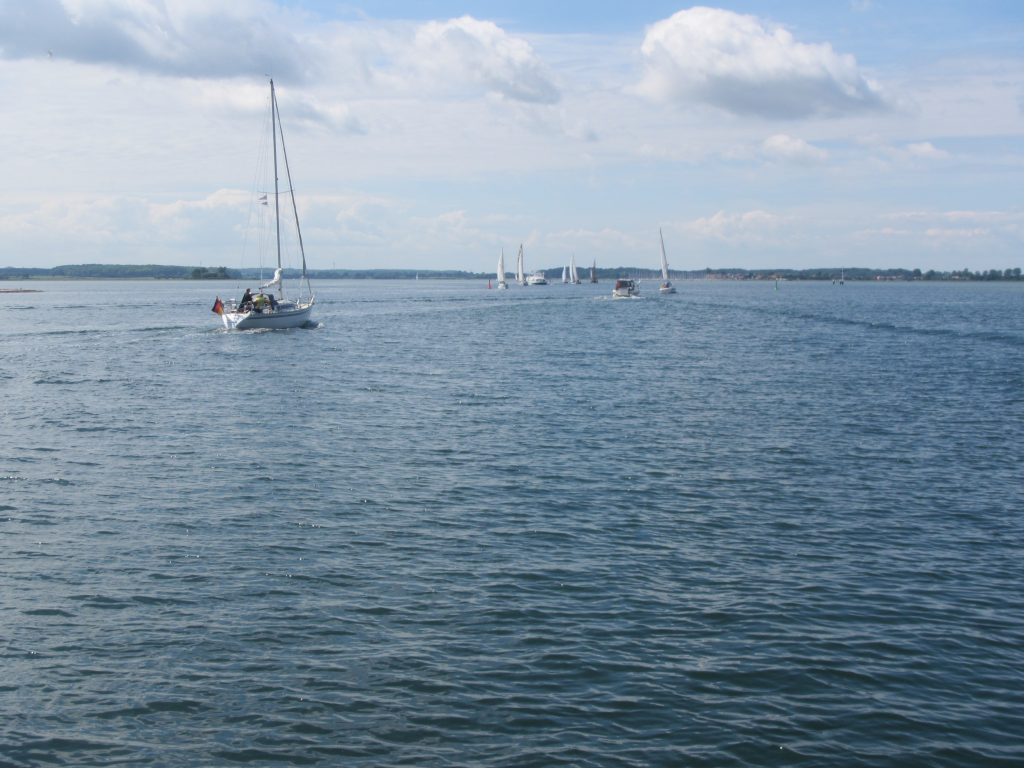
Oh, and reflections. Isn’t it super pretty how the mast gets reflected with all these little twists and turns?
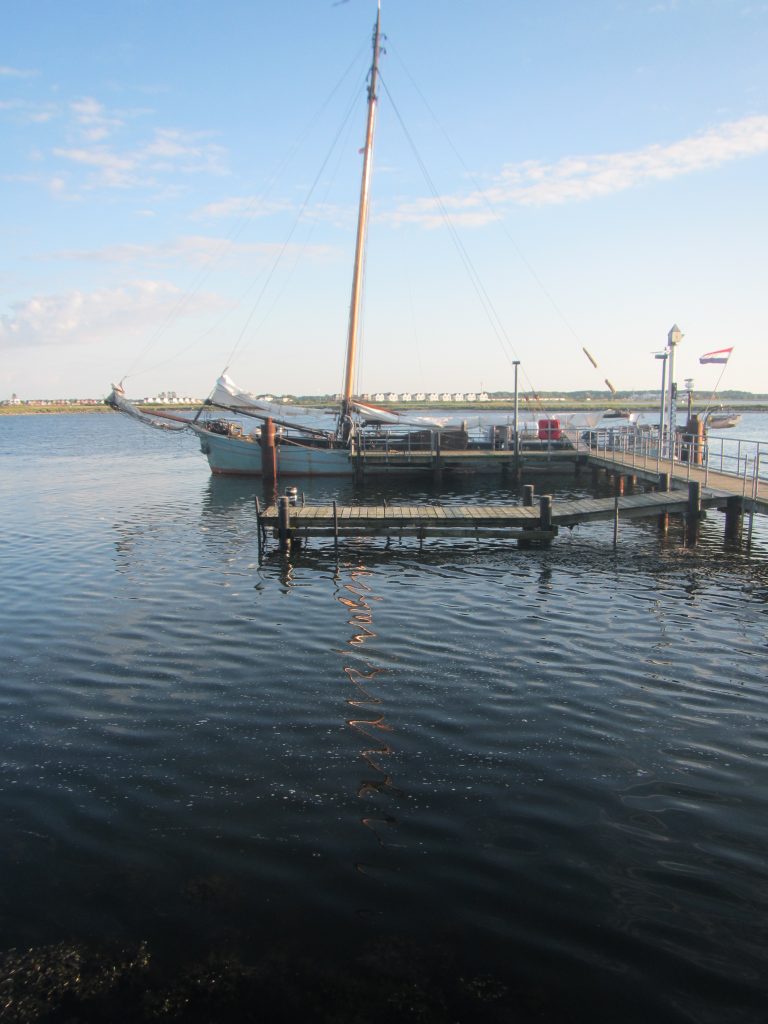
And then we had some shielding from the wind, and waves only appearing after a certain fetch.
Btw, that’s the house we all — and all the teachers — stayed in.

Here we see waves being dampened by some algae stuff, and being deflected downwind of those patches.
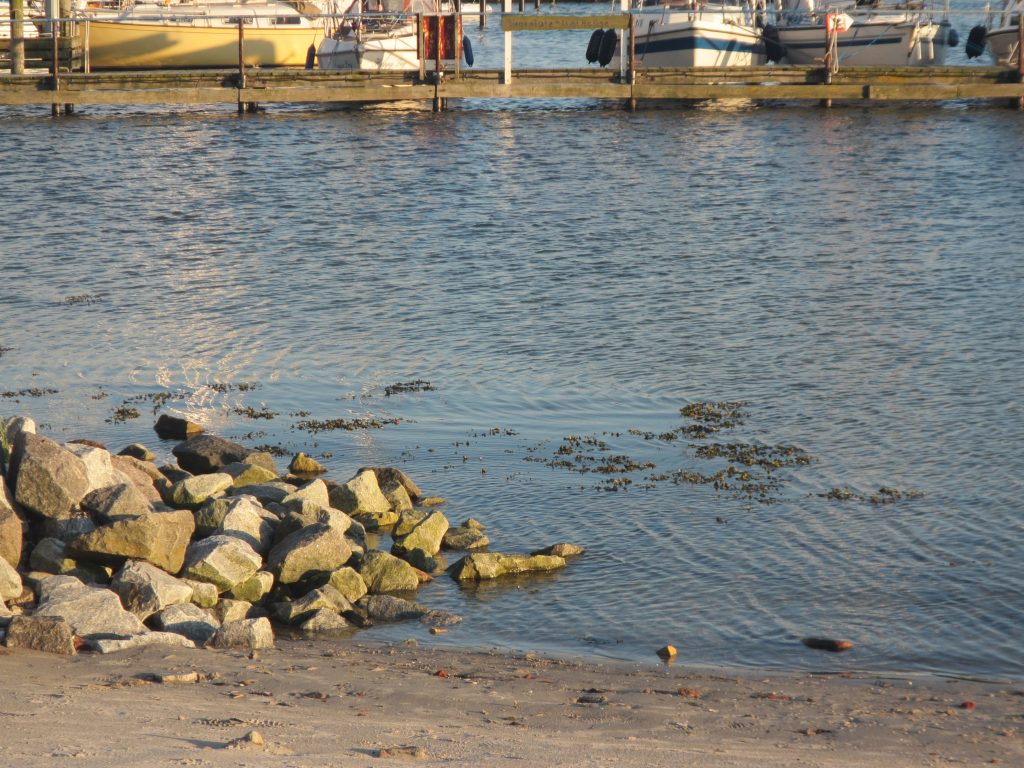
Here is another view of the strong current going out of the Schlei and the distinct separation between the two water masses.
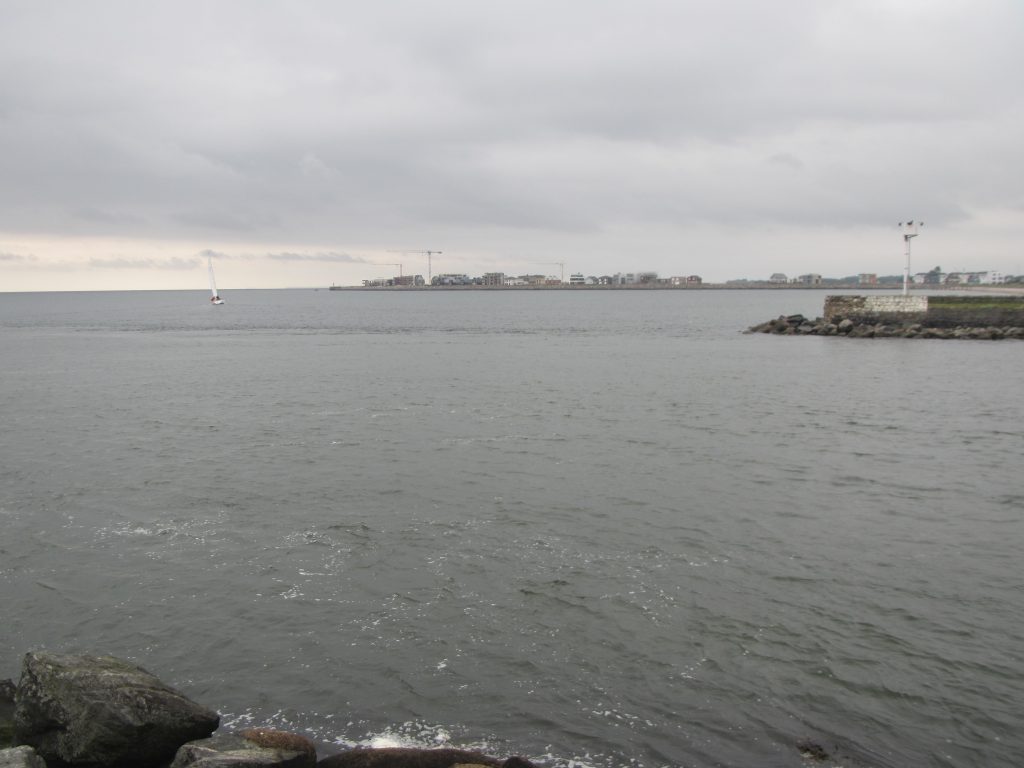
And now the same thing in combination with the sailboat’s wake. So pretty!

When we were on our way home, the wind had picked up substantially and we saw lots of foam stripes! Langmuir circulation, nowhere near the coast line.
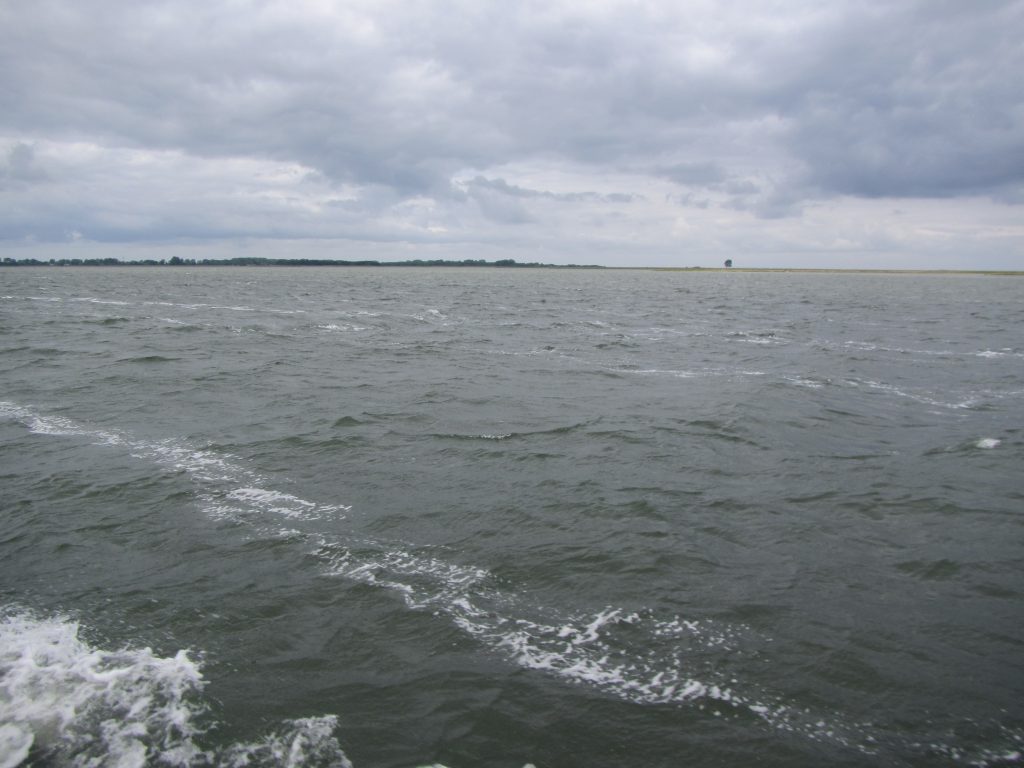
Here we get a last glimpse of the house we had stayed in… And more foam stripes!
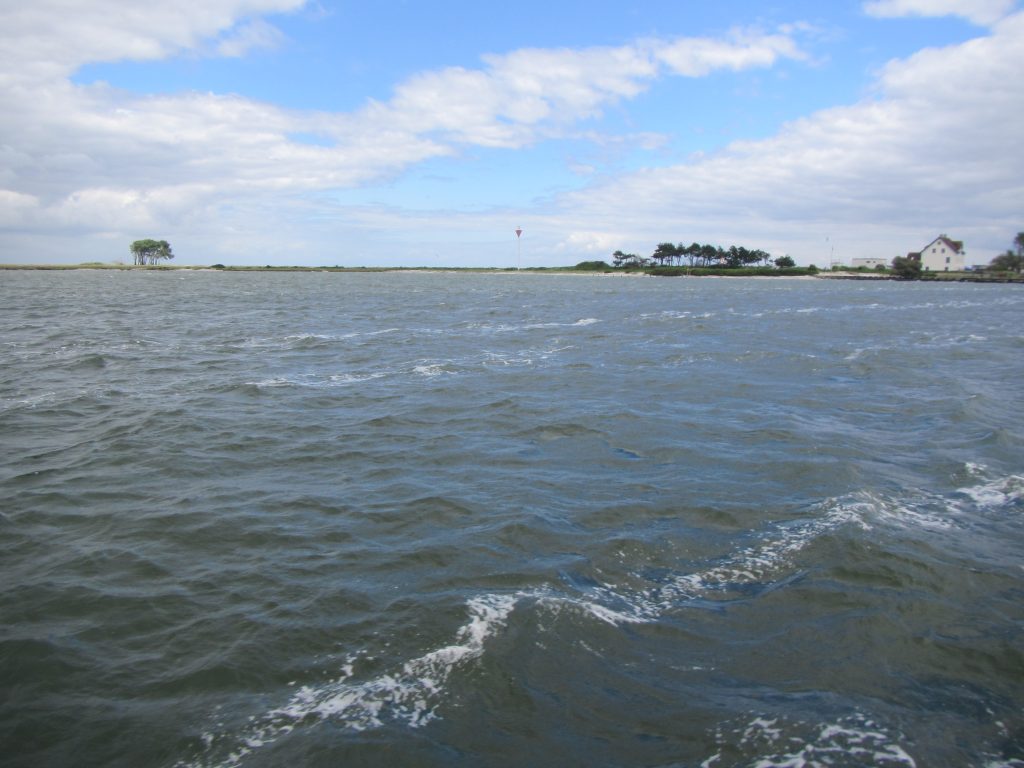
And some more ;-)
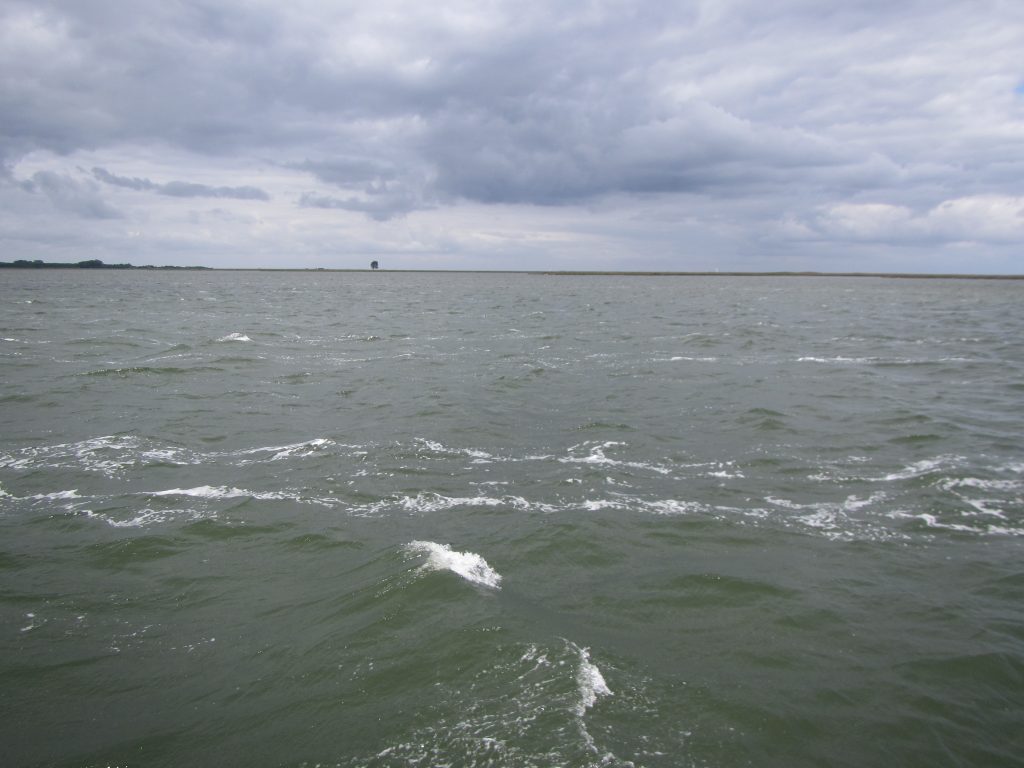
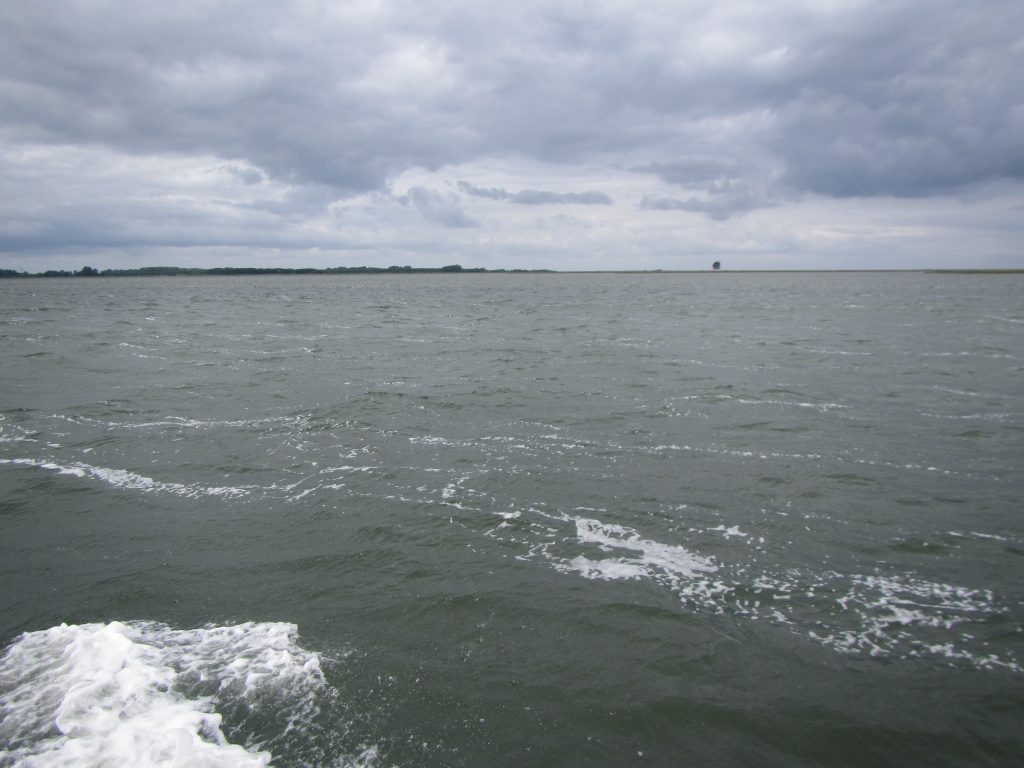
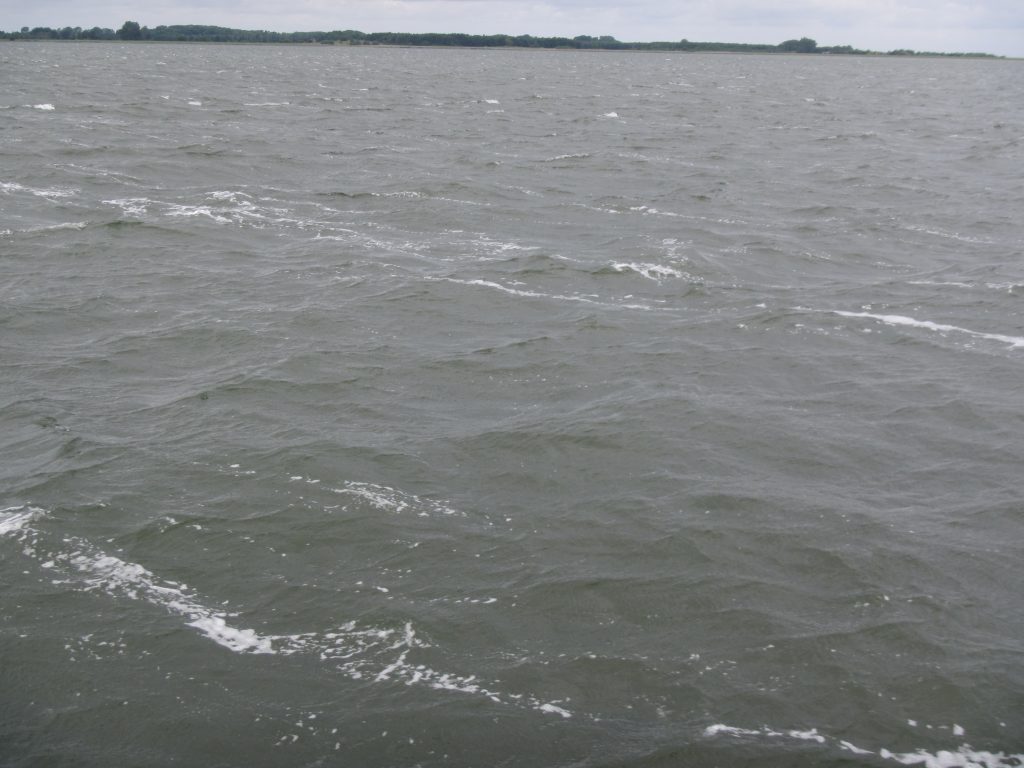
And then in Maasholm, we see the waves arriving upwind of the pier and then the tiny ones in the sheltered area. You can see a gust of wind somewhere in the foreground to the right, where there are all those small ripples in a darker patch.
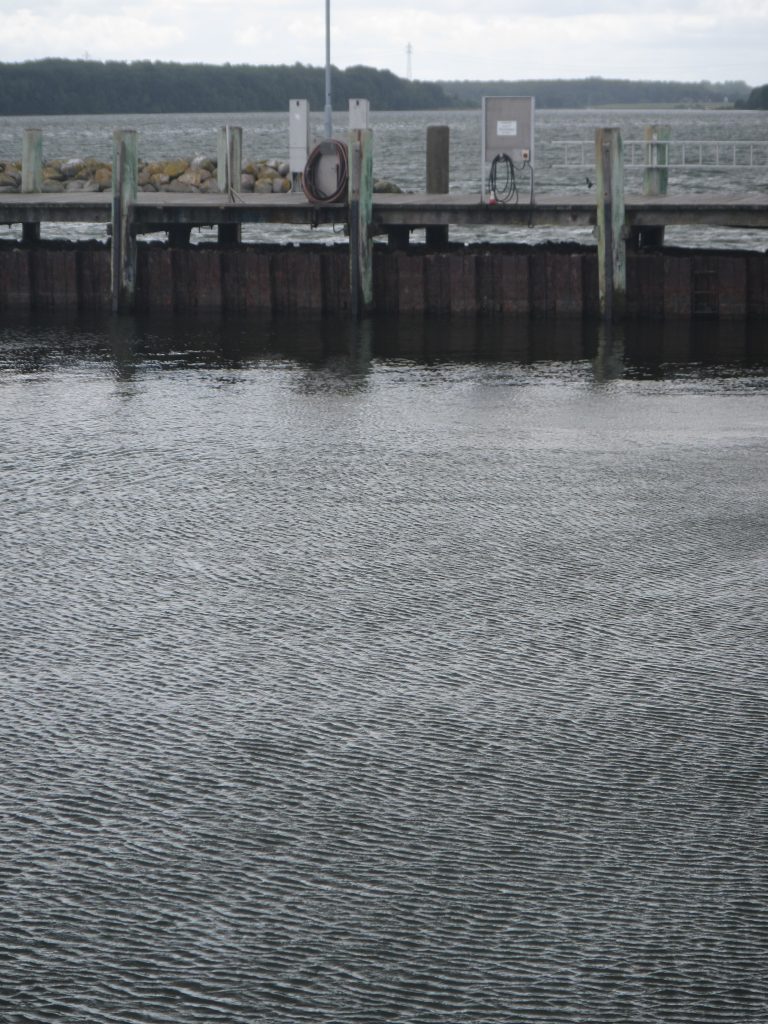
It was a pretty windy day!
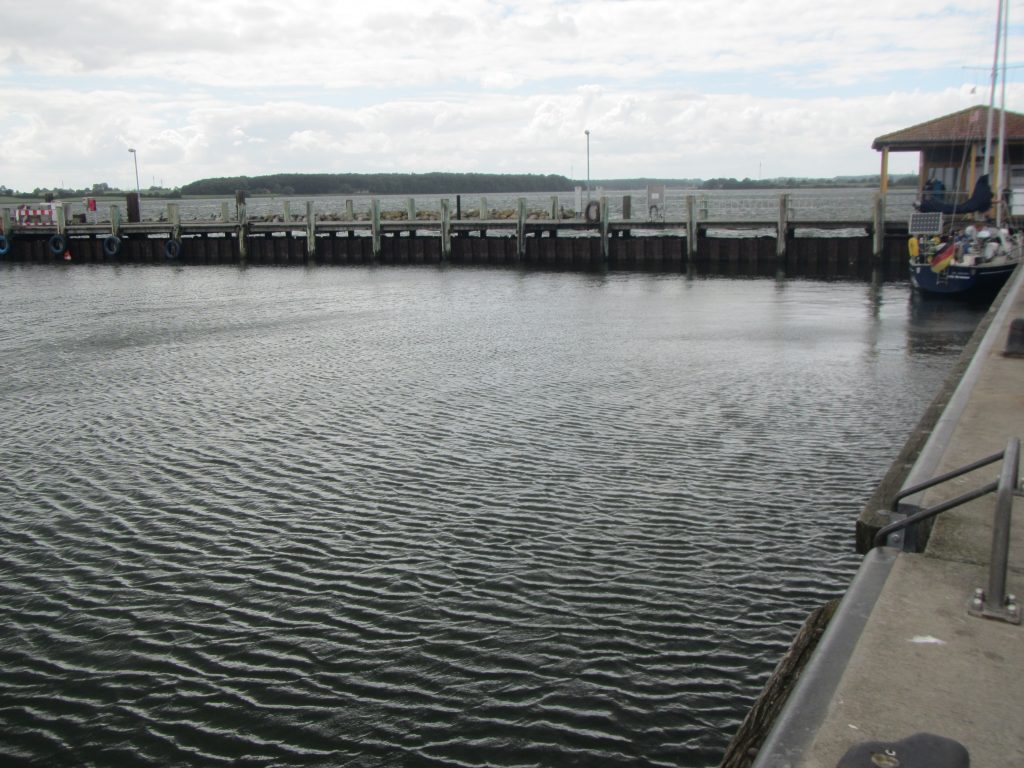
And more foam stripes…
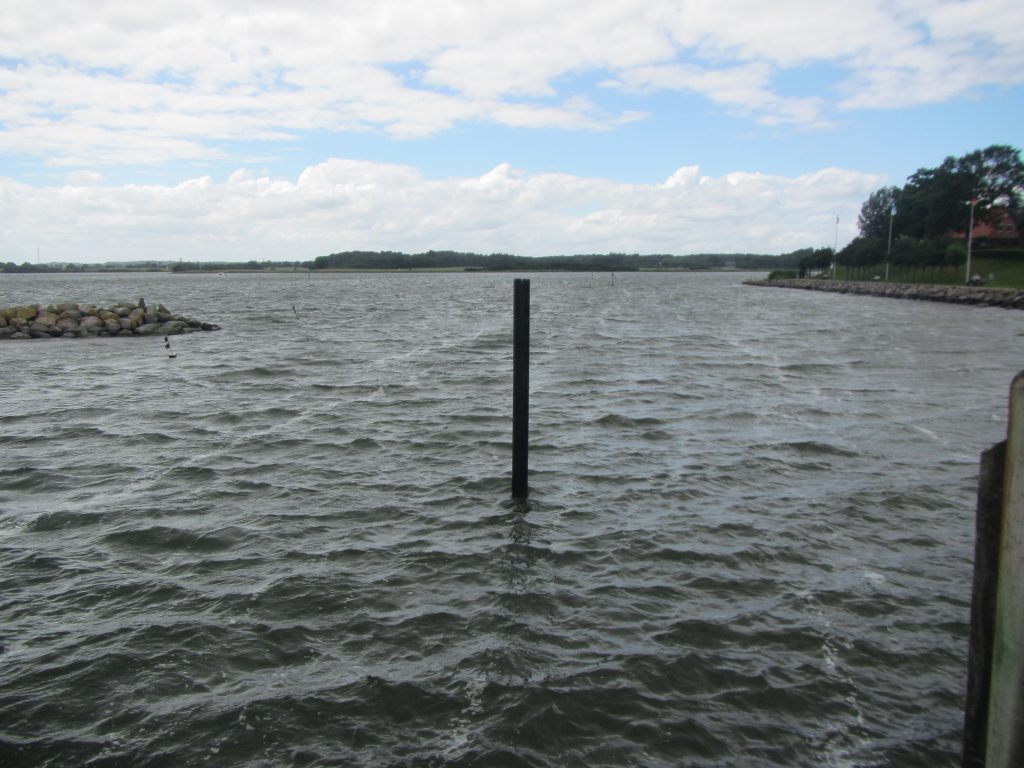
And a wake!

And another wake!

And just a couple of pictures of water, because I love water.
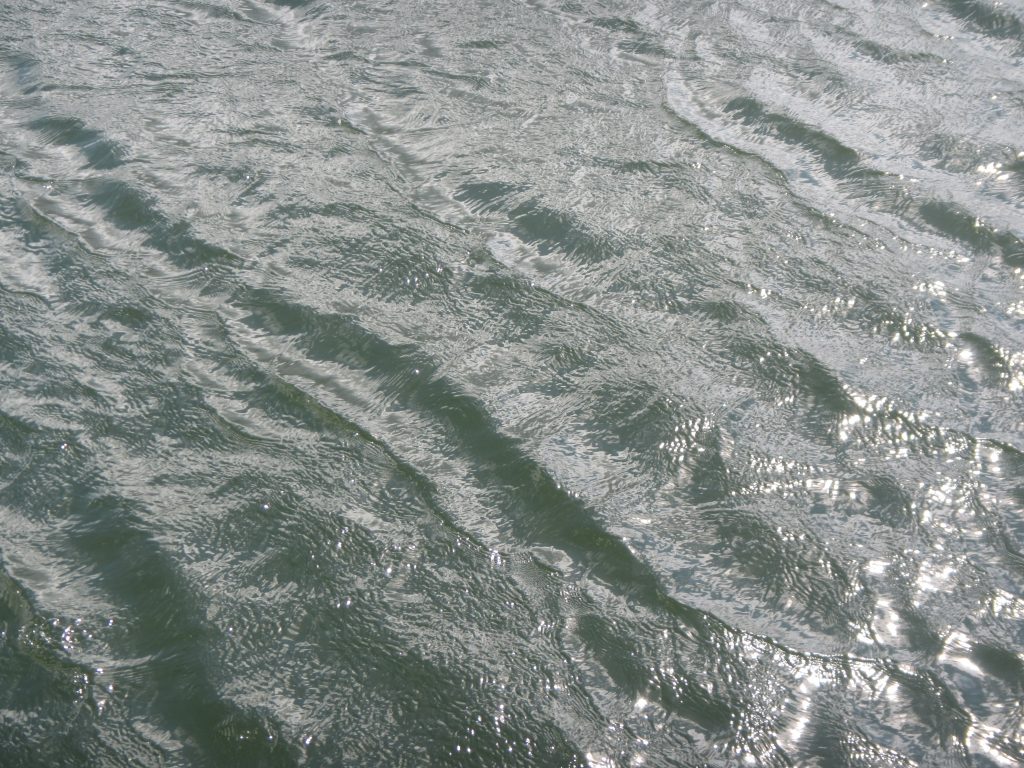

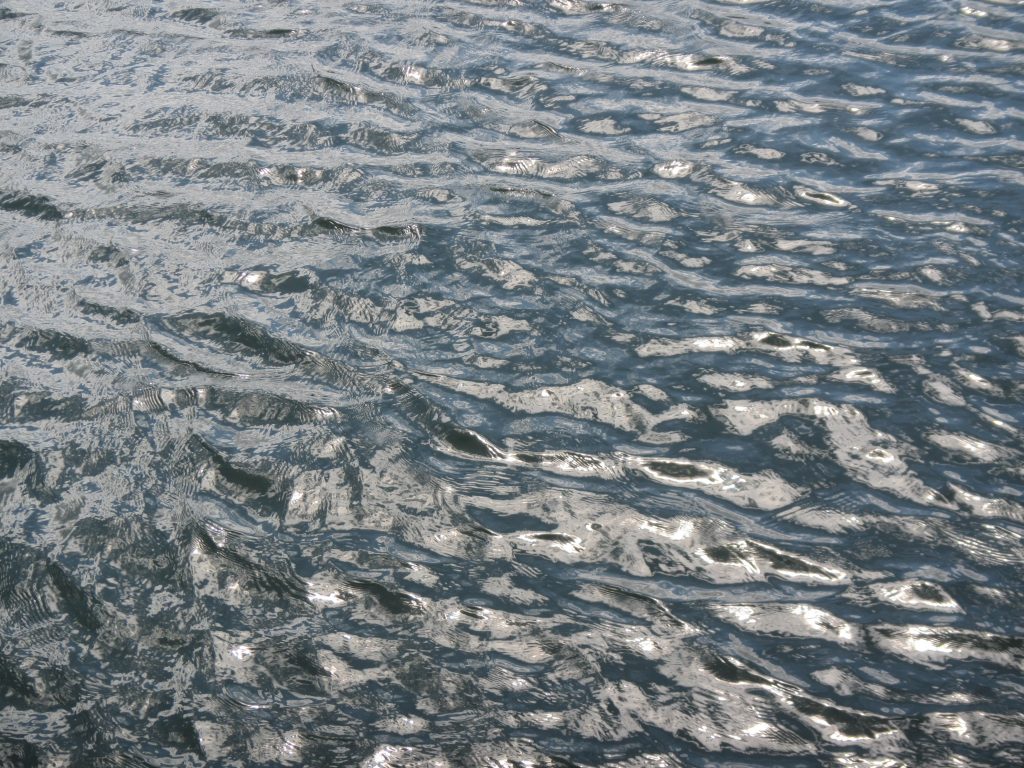

As you see from my parents’ attire and the lack of leaves on the trees, these pictures are not brand new. But still interesting: Do you see how the waves are bent towards the coast as they run into shallower water?
And can you believe I still have to look up which one is refraction and which one is diffraction to make sure, despite having a PhD in oceanography? They really should consider retracting that. I am pretty sure I “was instructed” (avoiding to say “learned”, since I clearly didn’t) about this in a lab during first year physics. On the other hand, I know where to look it up. Does that count?
And maybe it’ll help if I write it down once more:
Diffraction is what happens to waves behind slits or obstacles.
Refraction is what happens when waves run into shallower/deeper water (or into a different medium if we are talking about light waves) due to dispersion.
Does anyone know a nice “Eselsbrücke”/mnemonic/way to remember?
Awesome waves. Nothing more to say :-)
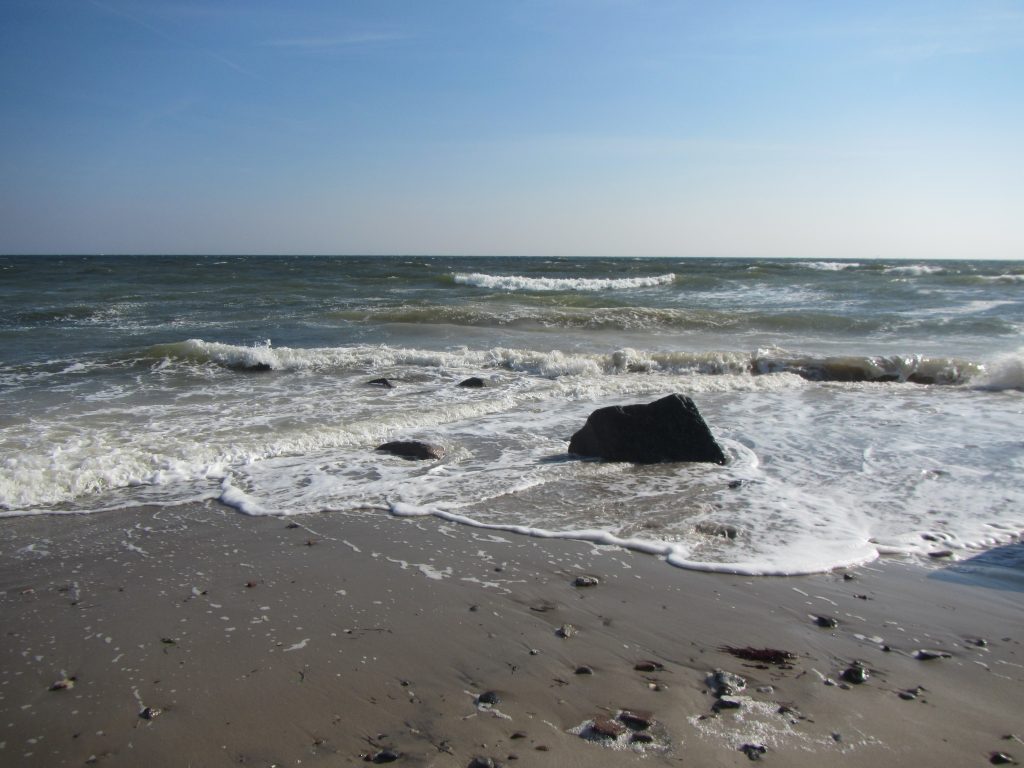
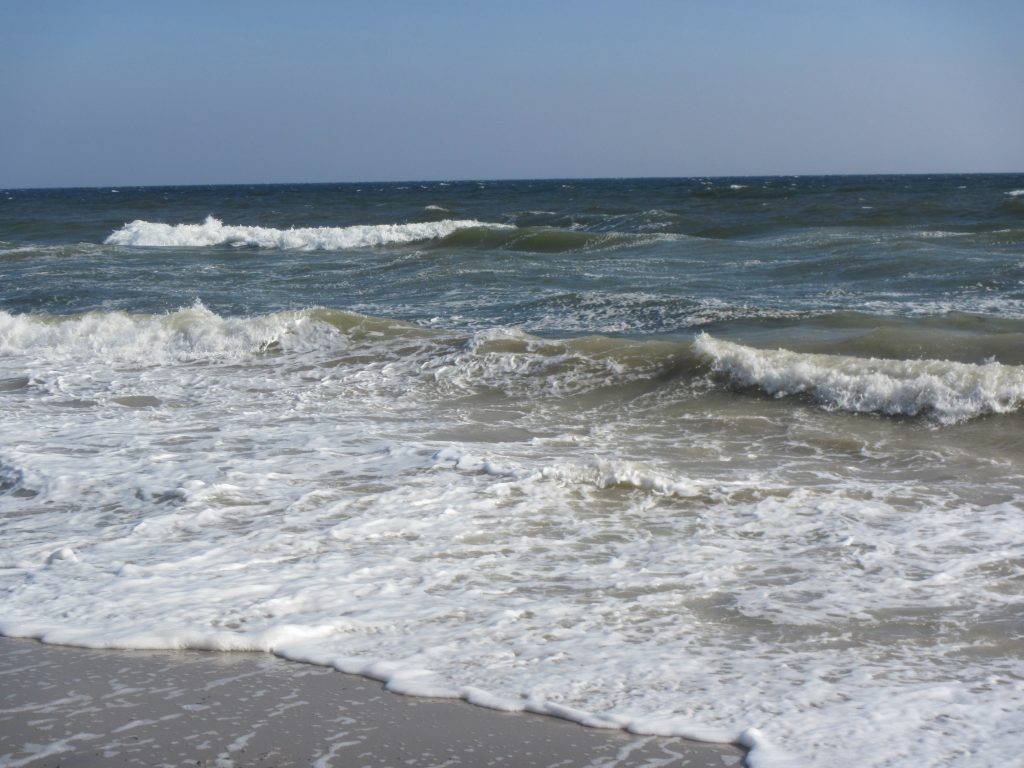
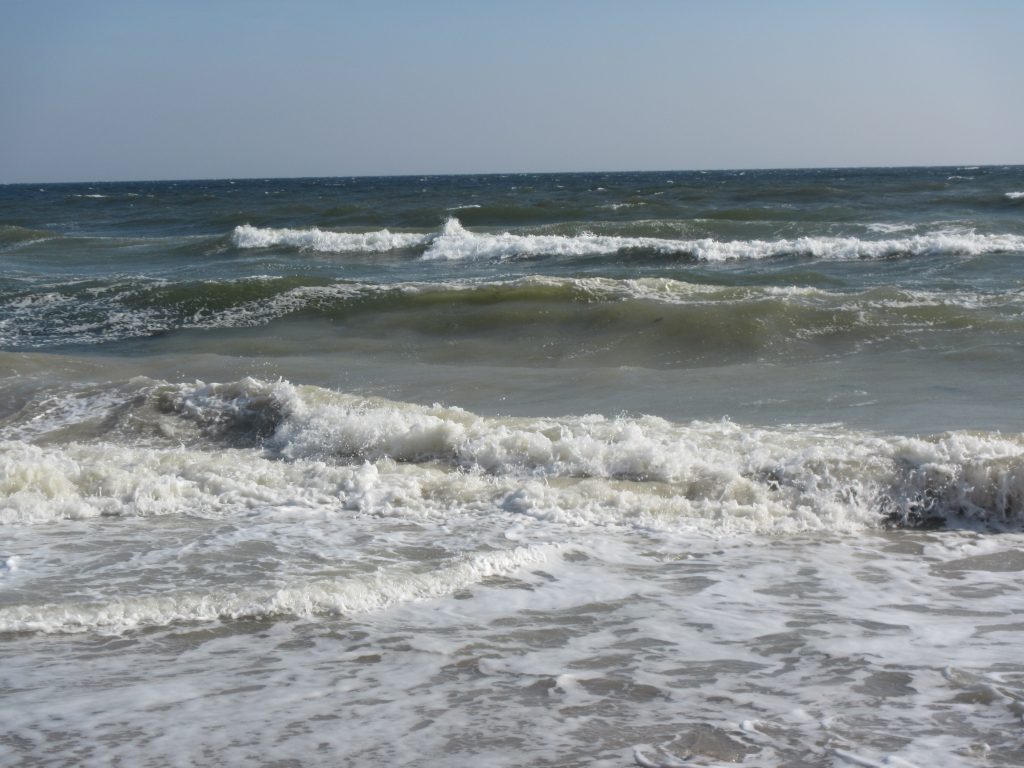
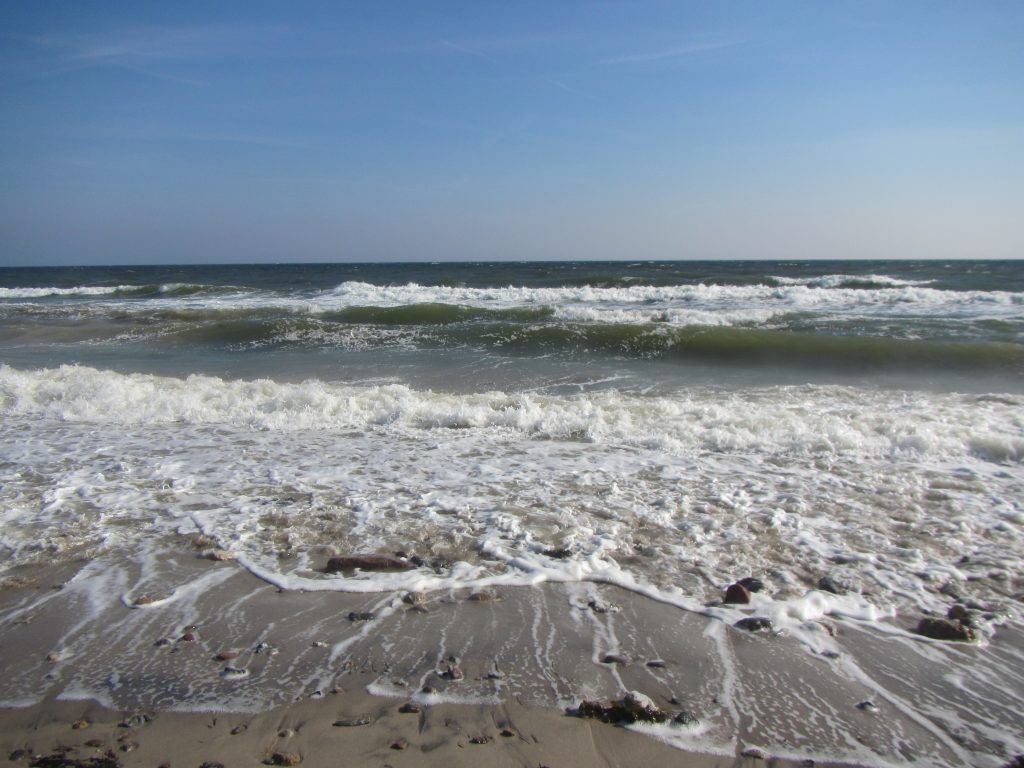

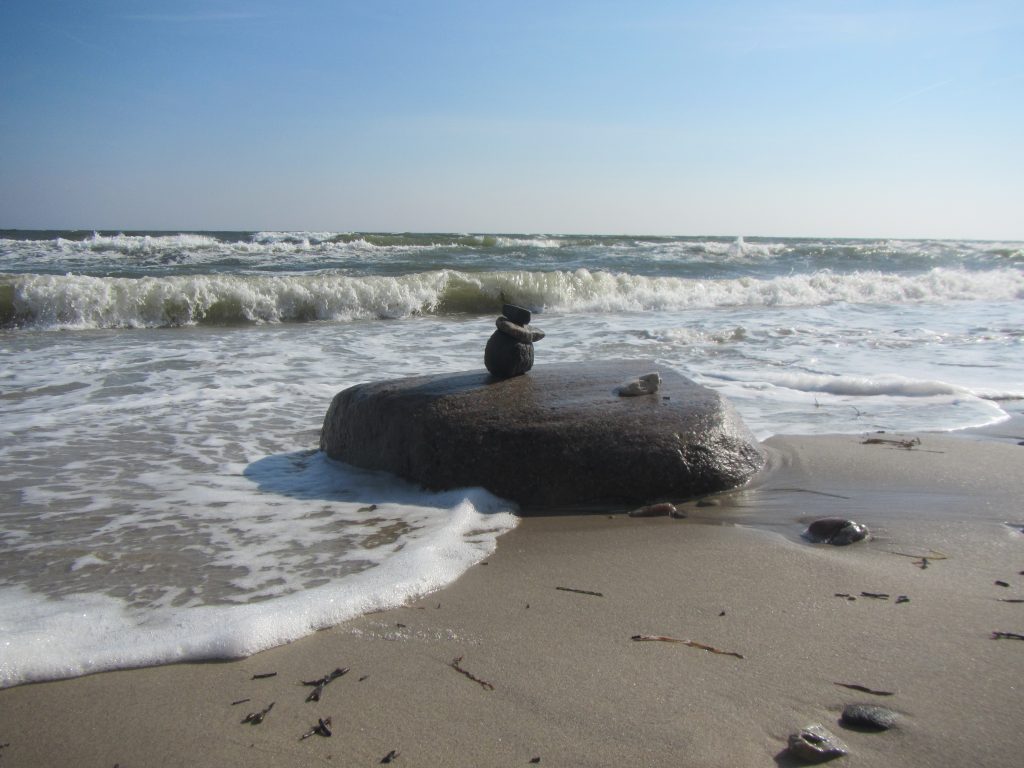
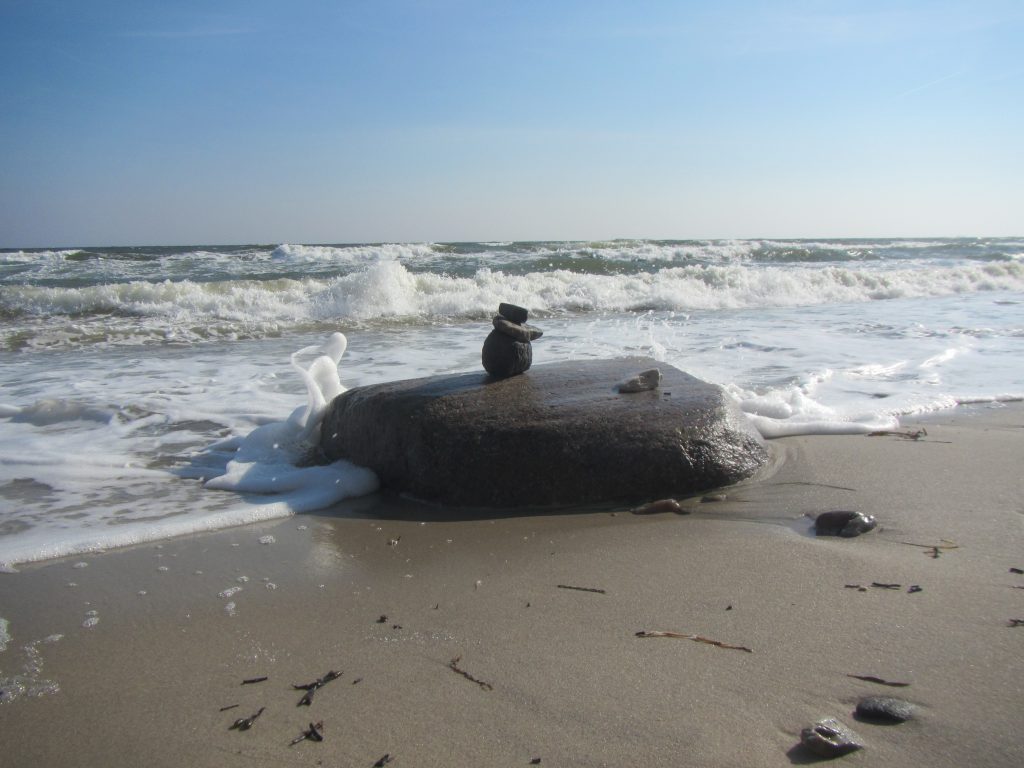
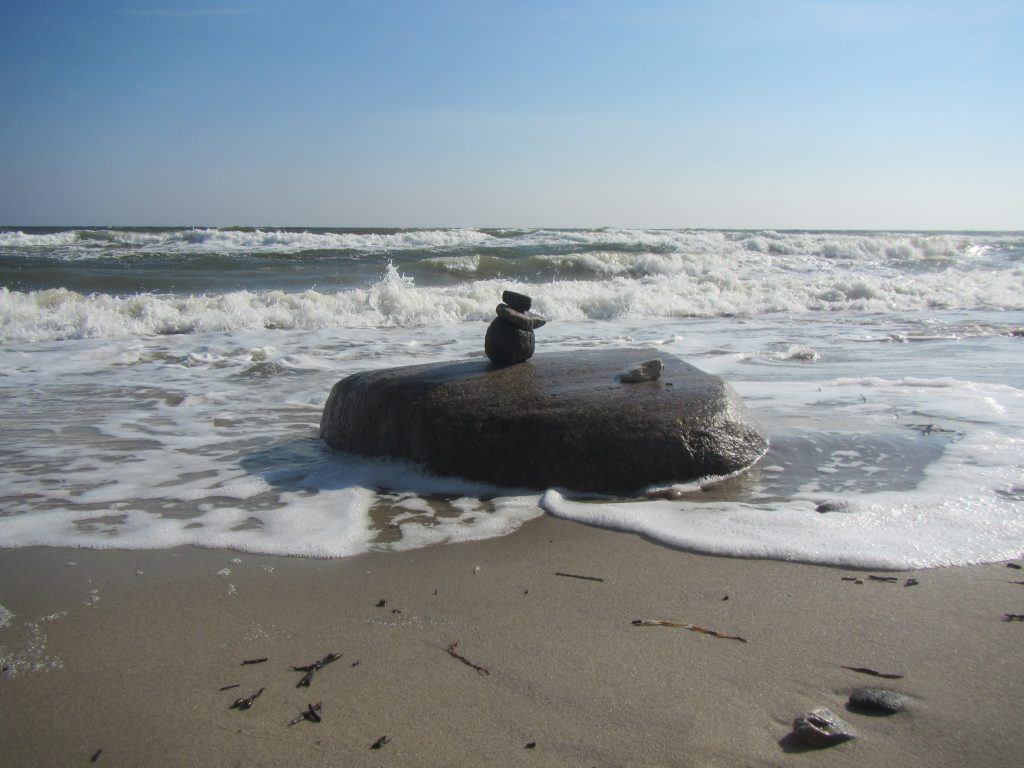
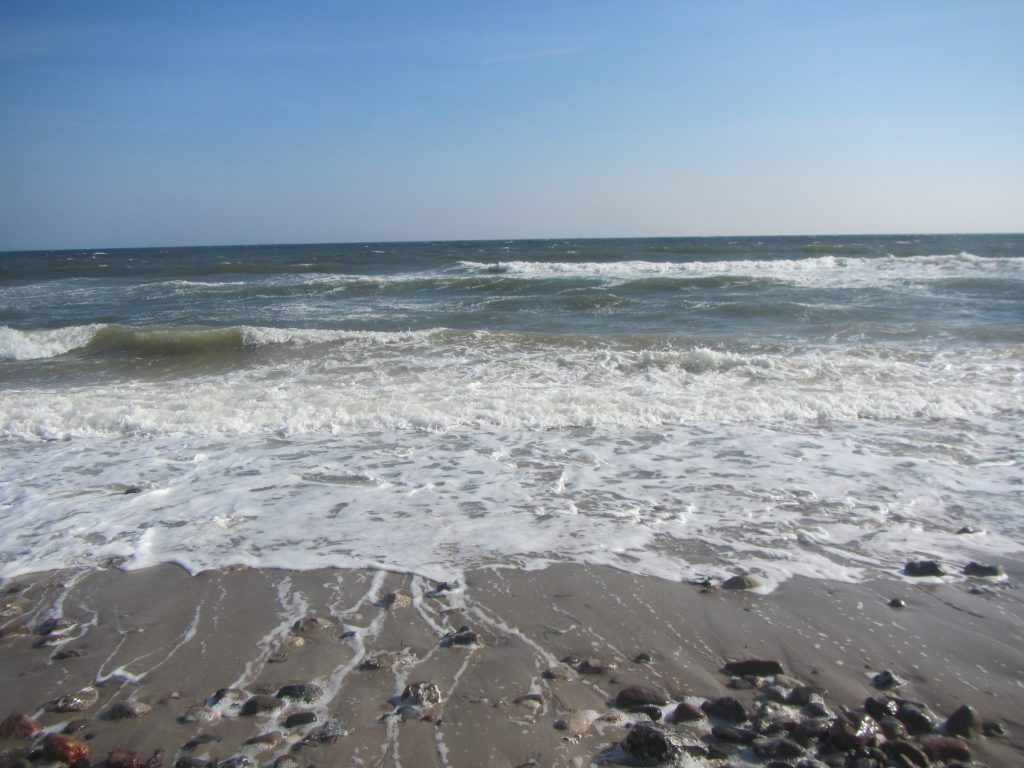
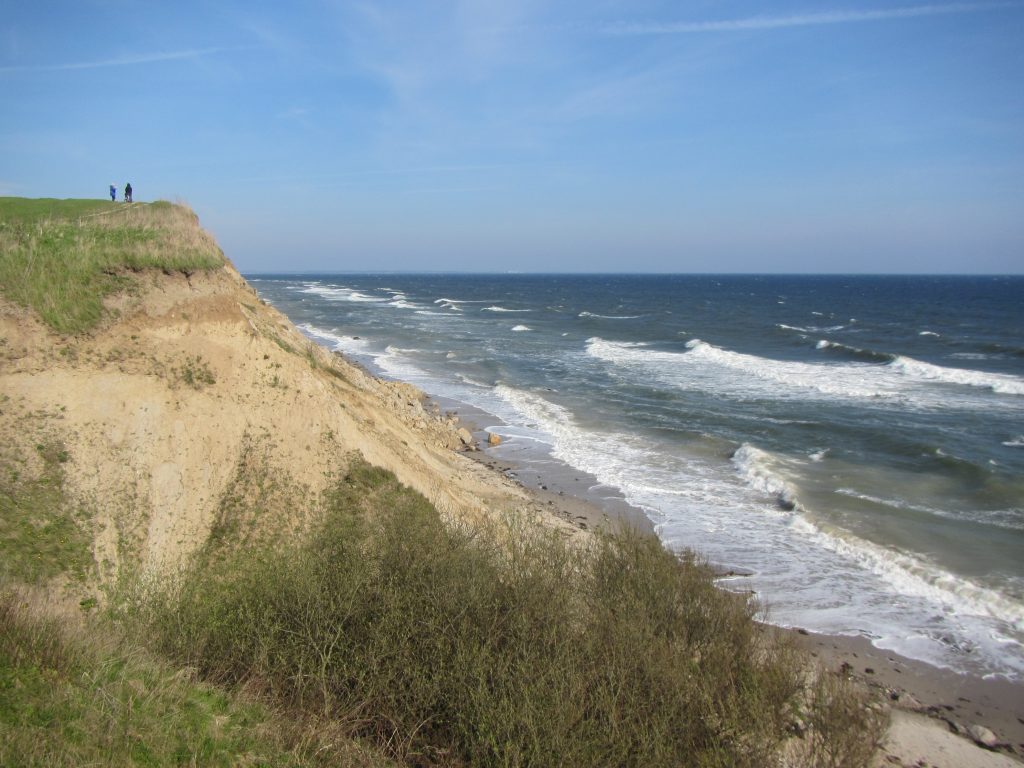
Have you ever noticed how, if you are at a shallow beach, no matter how choppy waves are further offshore, everything becomes nice and orderly on the beach?
Below you see where the water depth suddenly increases, both from the color of the water and from the wave pattern. While in deeper water waves propagate at all kinds of speeds depending on their wavelength, the moment the water becomes shallow enough, all waves propagate at the same speed (except for the really short waves for which the water is still deep, but let’s forget about those). If all waves propagate at the same speed, it means that the form of the wave that we observe stays constant over time and just moves as a whole. Hence it looks a lot more tidy than the choppy waves further out.
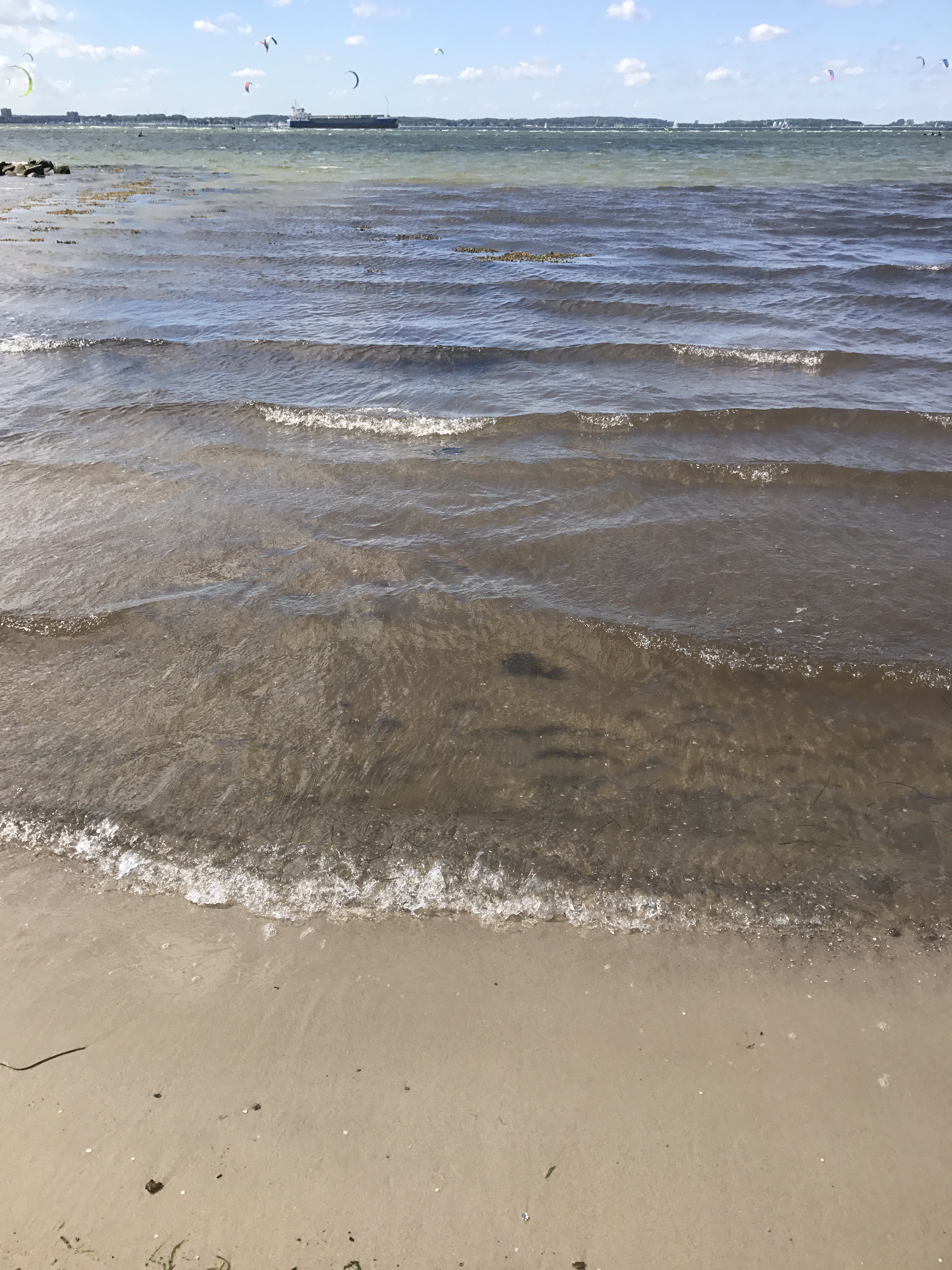 Funny that in all these years of wave watching, I have never thought about that before!
Funny that in all these years of wave watching, I have never thought about that before!
Watch the movie below to see for yourself
Let me tell you the story of the picture below. I was walking along Kiel fjord with some friends and we saw this mama duck with all those tiny cute ducklings. We stopped and oooo’d and aaaaa’d and they were just so adorable!! But the after a while they swam on and we continued walking. But then there were people standing on the sea wall, obviously very worried about something. And then we saw it: a tiny duckling that had gotten separated from its family! It was struggling so hard to catch up with the rest, but they were swimming together while the little one was trying to climb over the rocks along the sea wall! The distance grew larger and larger. People started cursing mama duck for leaving the little one, or were pleading with her to come back for the poor baby. And then mama duck started heading out into the open fjord, where it was a lot more windy and wavy. How should the poor baby ever catch up? Eventually mama duck turned back. But she didn’t spot the baby! They all swam in the wrong direction away from the baby! It was dramatic. The crowd on the promenade was agitated. People were heading towards the ladders to climb down and rescue the baby! Then, finally, mama duck and all the siblings came back. Baby duck sprinted back to its family and finally everybody was reunited. Phew! The crowd wasn’t quiet ready to leave, not quite trusting mama duck that she wouldn’t abandon baby duck again. But then we decided that we had seen the happy ending, the scar hadn’t hurt for 20 years and all was well.
The reason I am telling you this story? Because I am still fascinated by wakes of ducks. And I saw really beautiful ones this morning:

The structure inside of the legs of the V is clearly visible.
And what’s even better: you can see the pattern on the sea floor, too!
The more I observe waves, the better I get at noticing details that were probably always there but that never stood out to me as clearly as they do now.
That’s why I am so happy about having started this blog — it helps me observe so many amazing things :-)
Oh, and if you are still waiting for the wake? Sorry, this was it. I was obviously talking about waves :-)